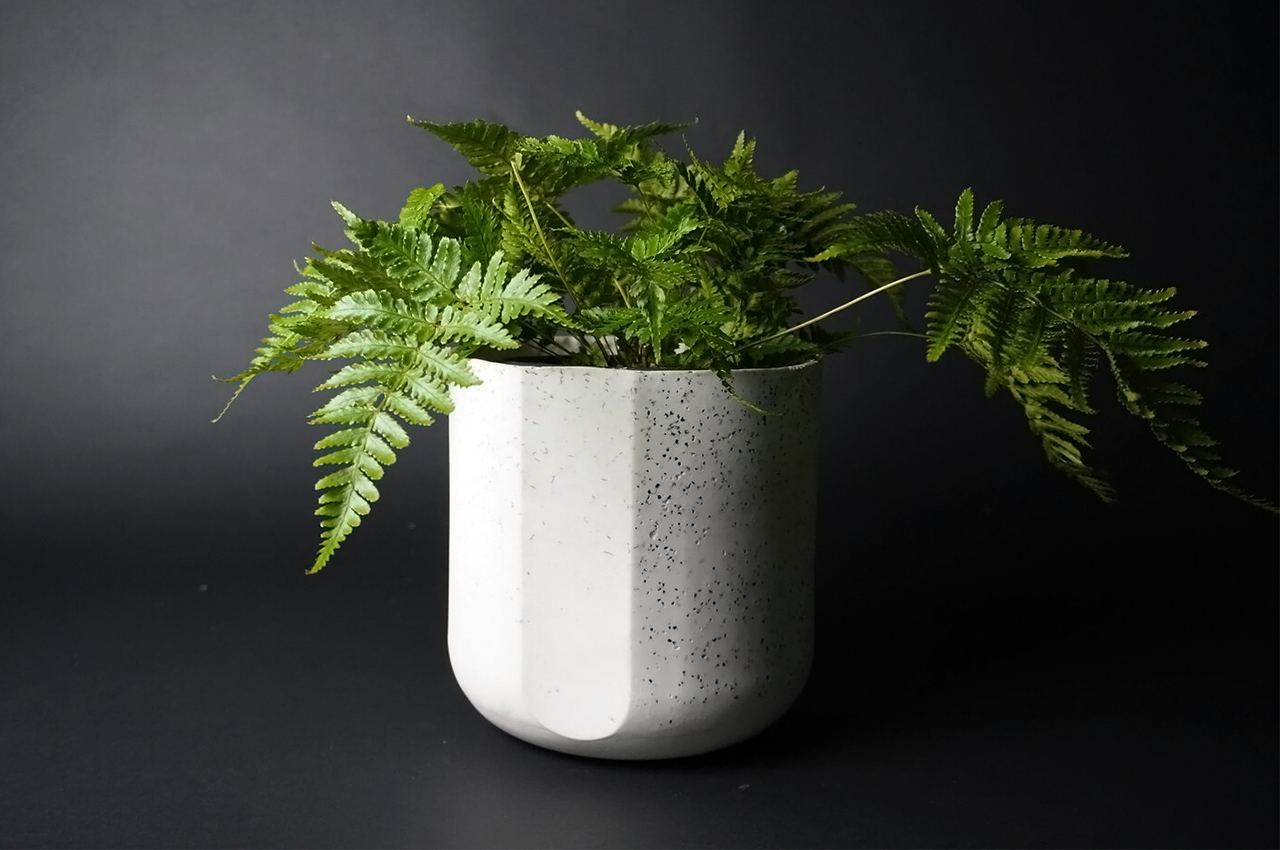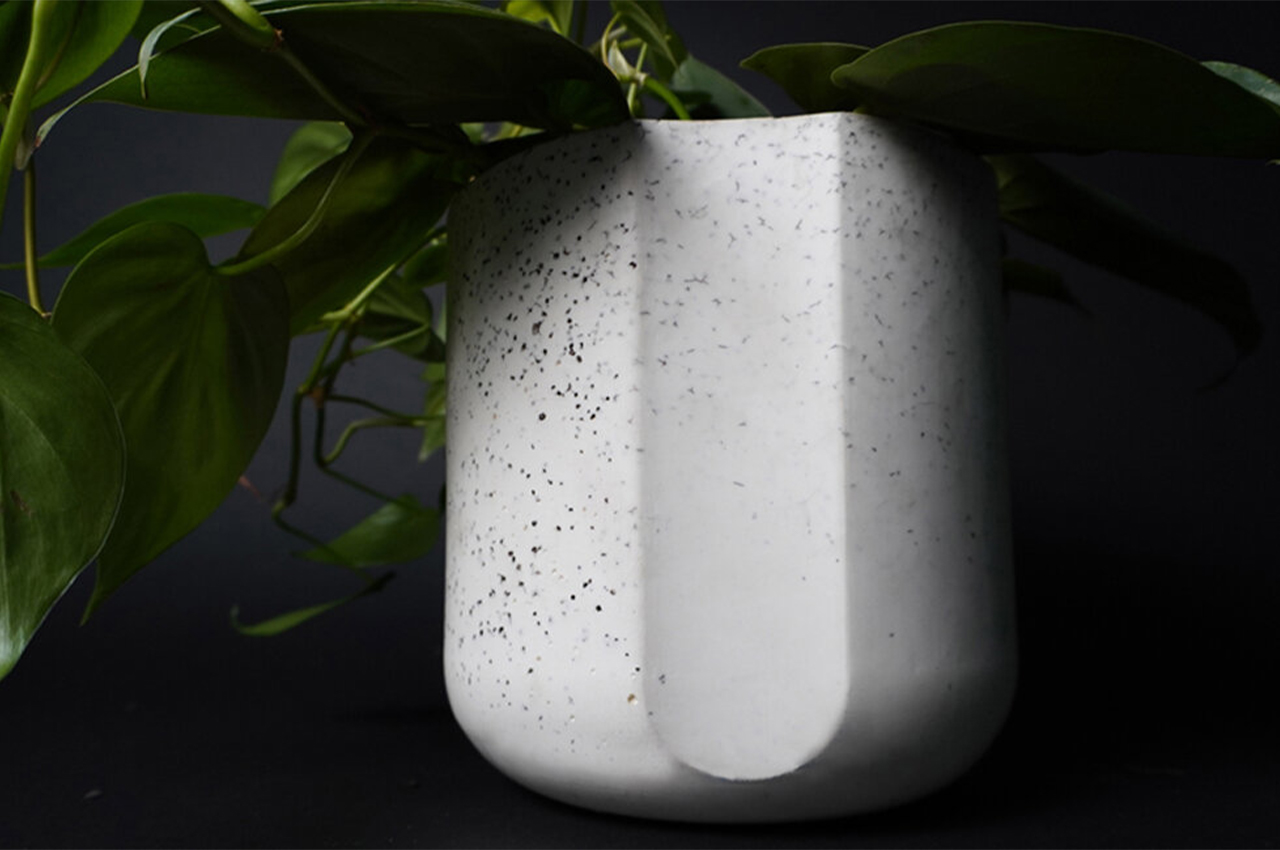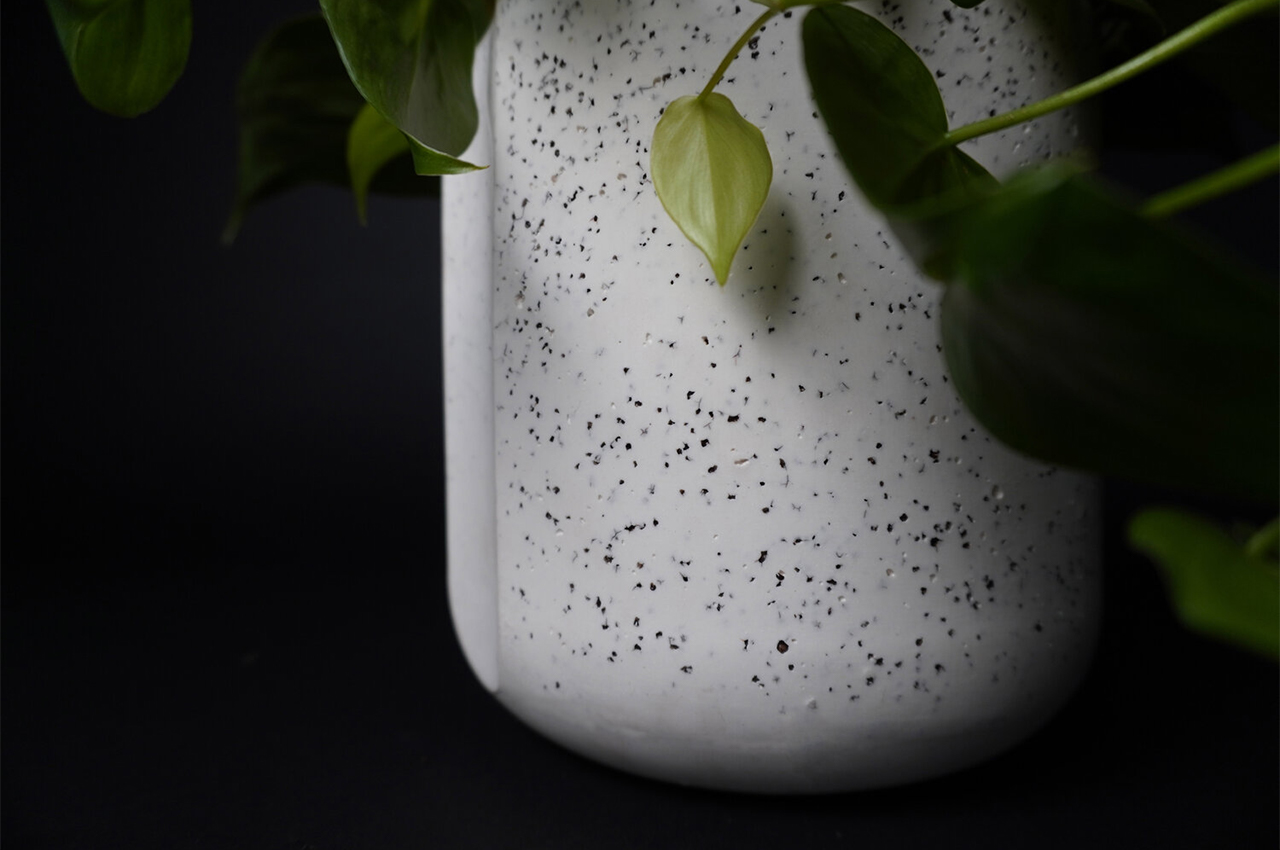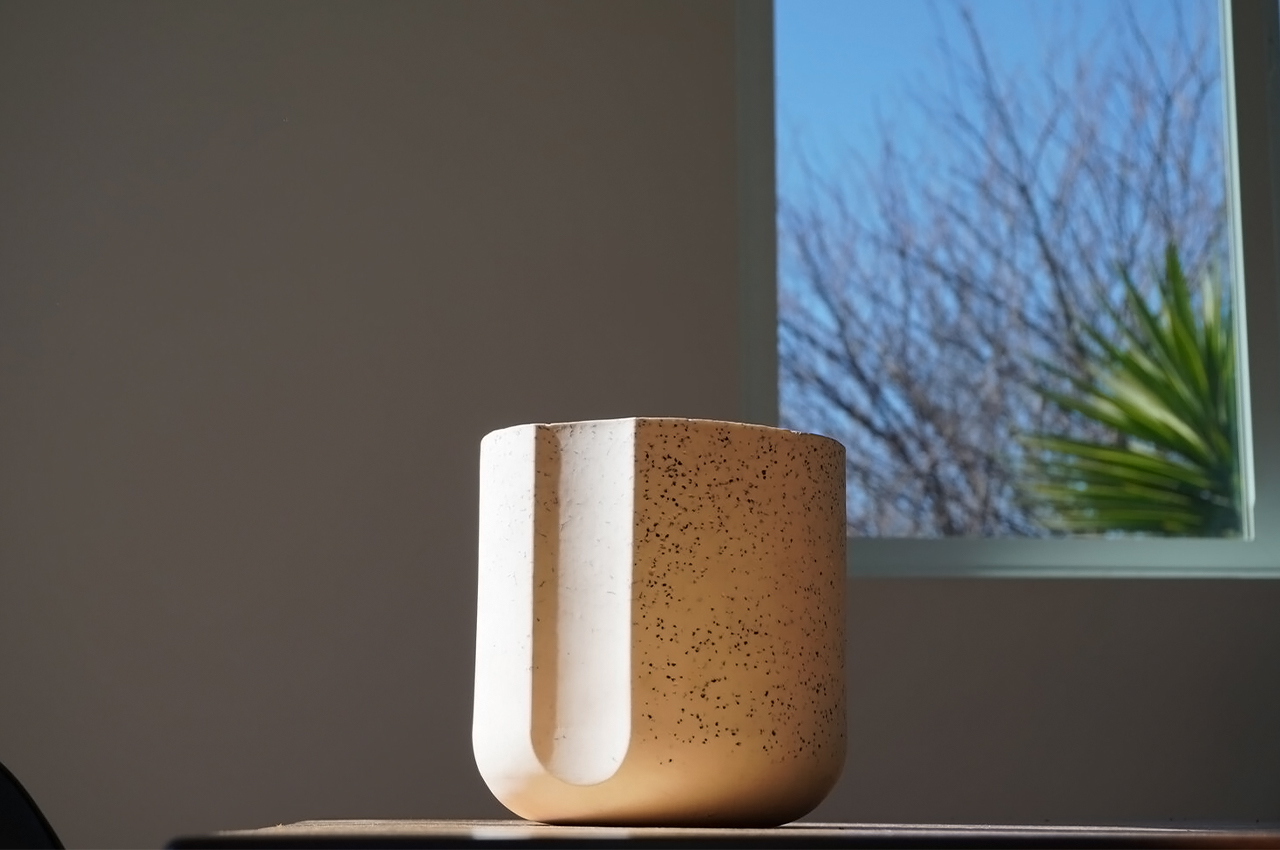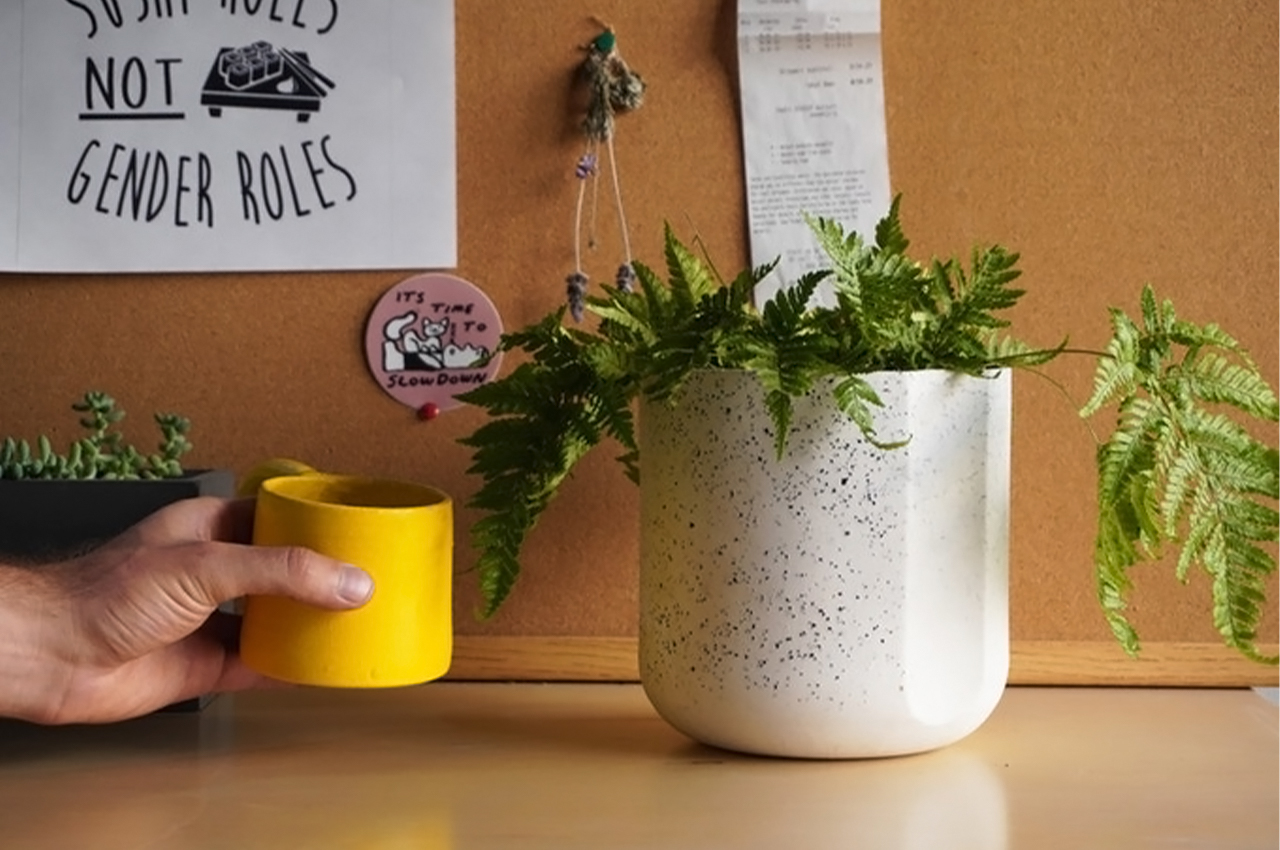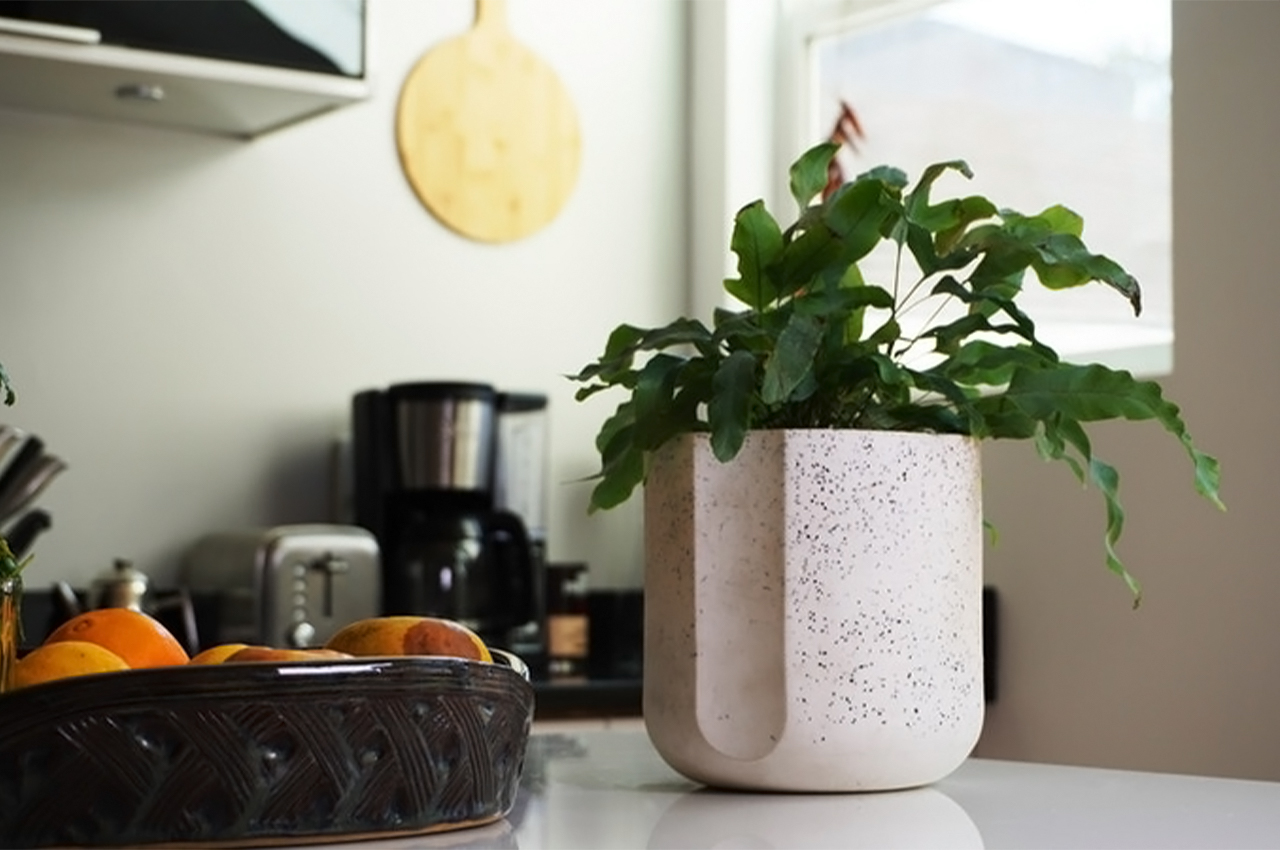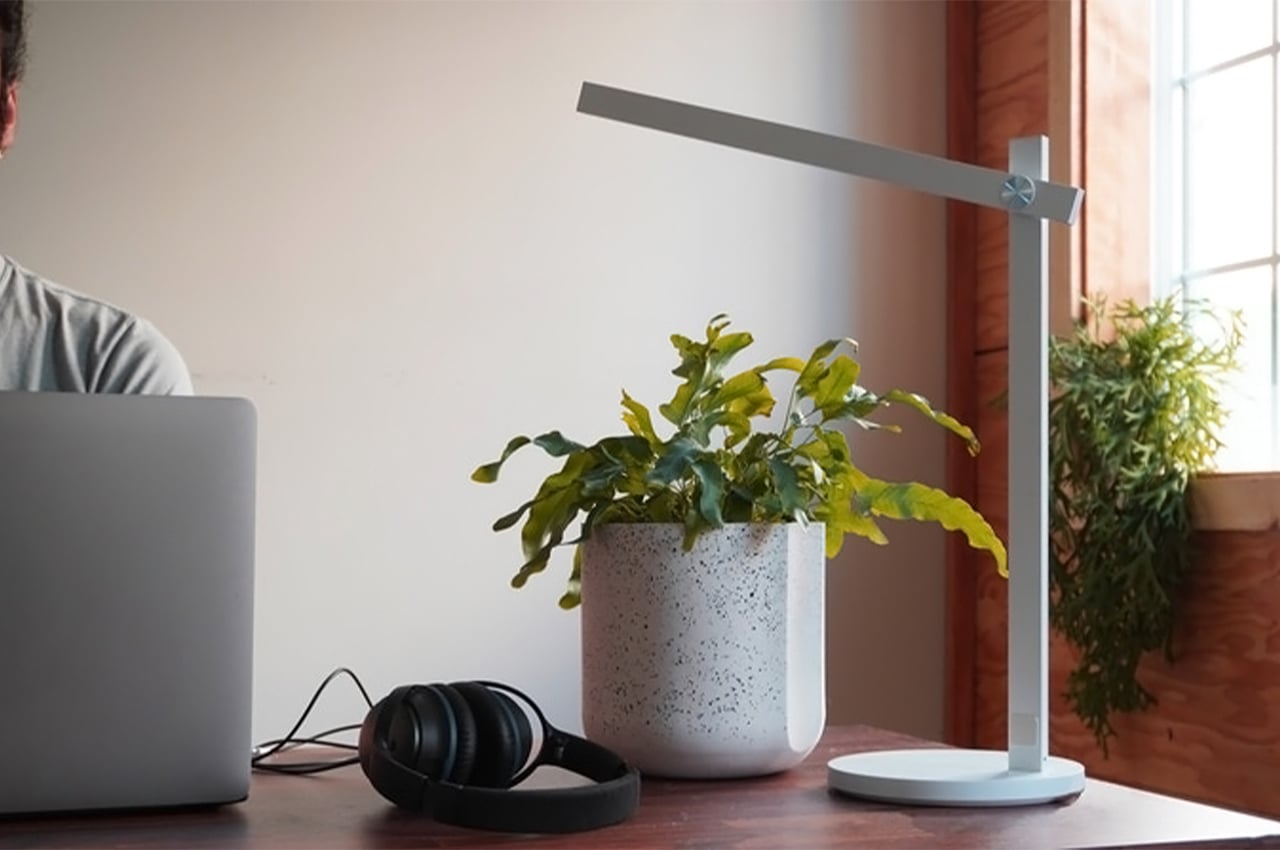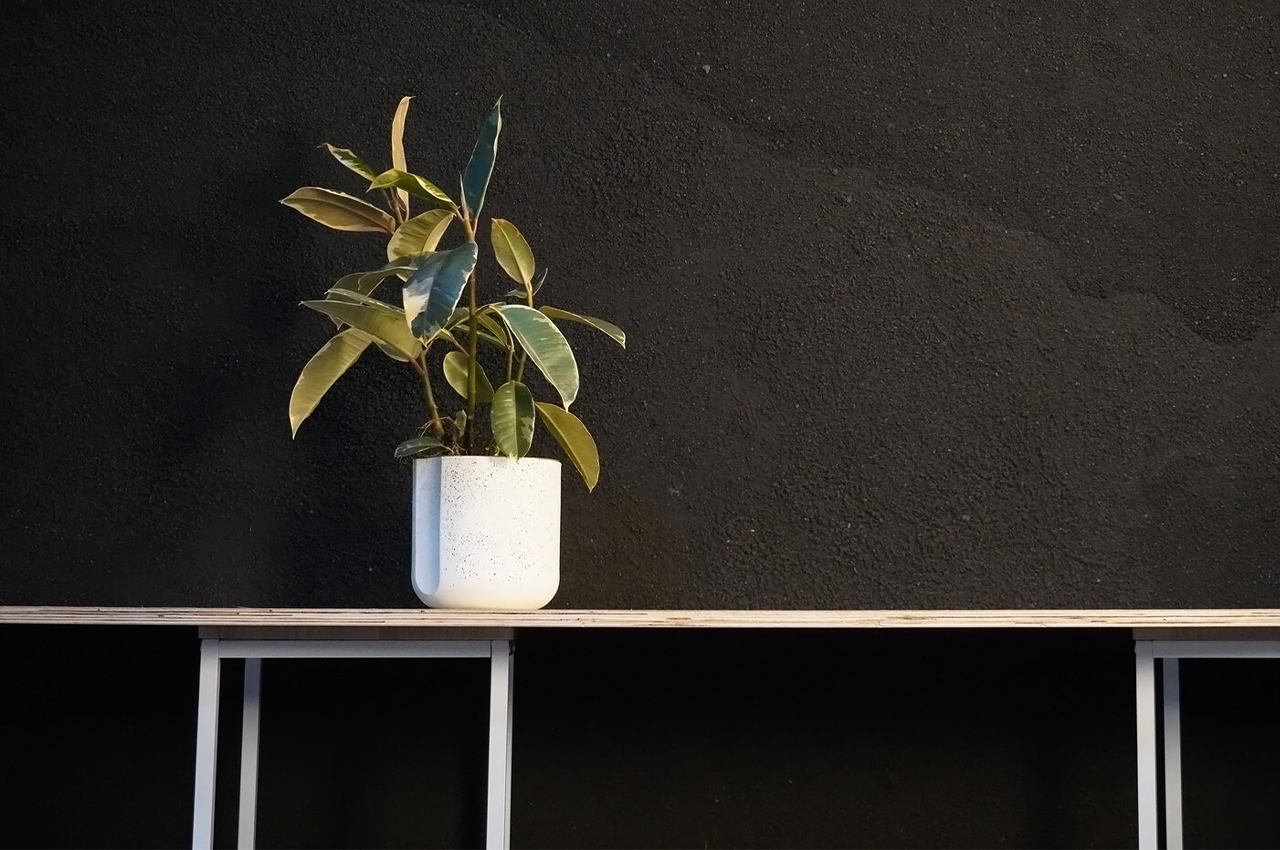Rather aptly named the 4RESTPLANT (pronounced Forest Plant), this quirky little planter comes made from porous clay, in the shape of a tree trunk – a design detail that makes immediate sense when you realize how the planter functions. Unlike traditional planters that act simply as vessels for soil and the plant, the 4RESTPLANT works quite like how nature does. Plants find their own surfaces to grow on, often clinging to a host plant like the root or stump of a tree for structure and support, while relying on the soil that’s already been aerated/loosened by the tree’s massive roots. The 4RESTPLANT works in a similar fashion – the tree-shaped planter comes with a hollow design that holds water on the inside (with a nano-silver coating to prevent the water from blooming) and features four ‘seed pads’ that are arranged on the outside, around the base of the planter. The planter’s porous design ends up wicking water outside to the seed pads, allowing them to grow by holding onto the trunk’s rough surface for structure. This basically recreates what happens in nature on a smaller scale, creating a planter that literally brings a slice of the beautiful outdoors into your home!
Designer: Matthew Ostapov
Click Here to Buy Now: $69 $109 (37% off). Hurry, for a limited time only.
The 4RESTPLANT offers an absolutely unique and foolproof way to grow microgreens and other small ferns and plants in your home with little to no effort. The planter’s design is self-watering in nature, and requires no soil at all. In principle, it’s similar to the Terraplanter from last year with a few aesthetic and functional differences. The 4RESTPLANT uses seed pads that allow greens to grow from the base of the ‘trunk’, latching onto it for support, pretty much exactly like in nature, and the fact that the planter comes with a brown tree bark-like design really completes the metaphor. The 4RESTPLANT also has its own jute sleeve that wraps around the bark, letting you trap water vapor to increase the humidity around the trunk, creating the perfect microclimate no matter which part of the planet you live in.
Each 4RESTPLANT is quality-tested, production-ready, and ships as an entire kit with the planter, a base-tray, 4 linen pads (that you can scatter any sort of seeds on), the jute sleeve, as well as a spray bottle to boost humidity, scissors to trim your greens, and a lid to cover the top of the 4RESTPLANT… or conversely, leave the top open and use the inside of the planter as a vase for your bouquets!
Click Here to Buy Now: $69 $109 (37% off). Hurry, for a limited time only.
The post Nature-inspired planter grows microgreens its outer surface, like moss growing on tree-trunks first appeared on Yanko Design.
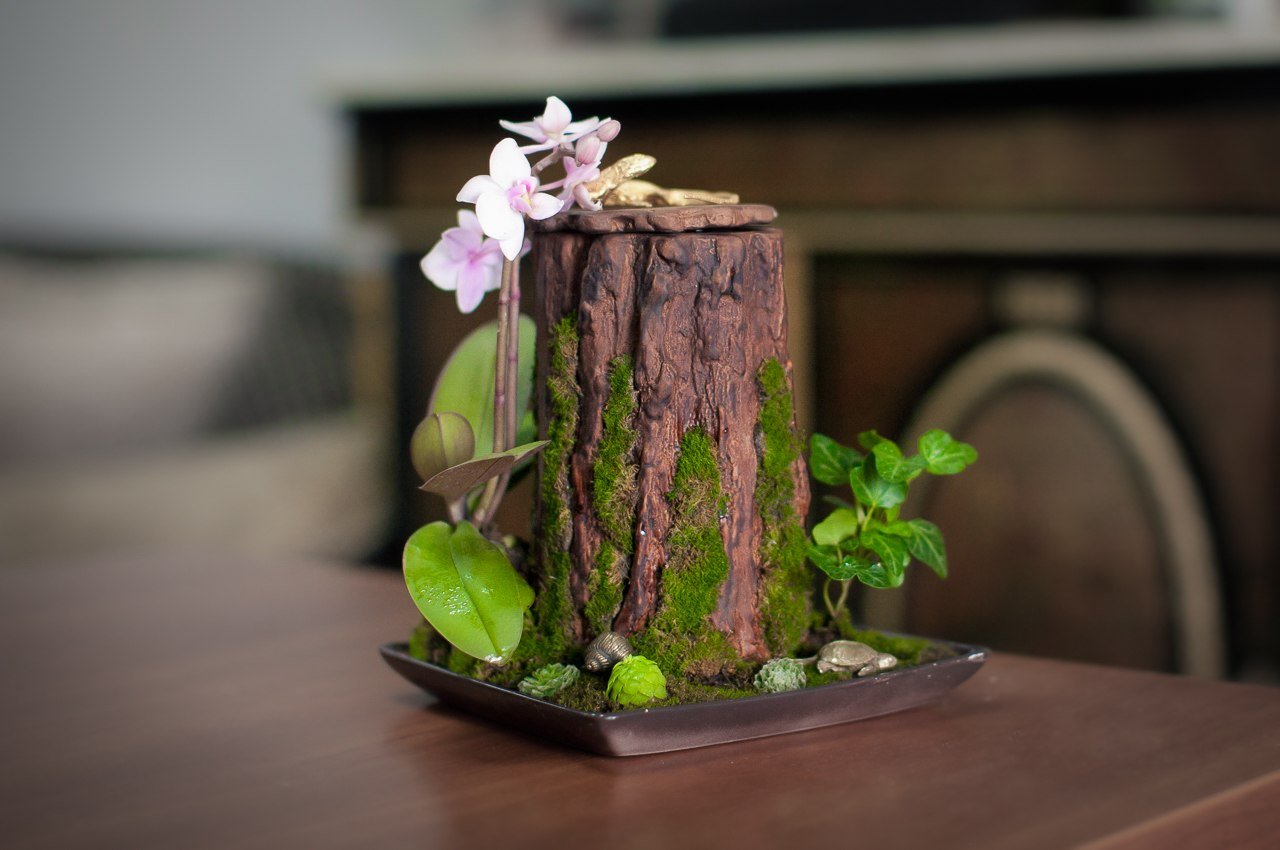
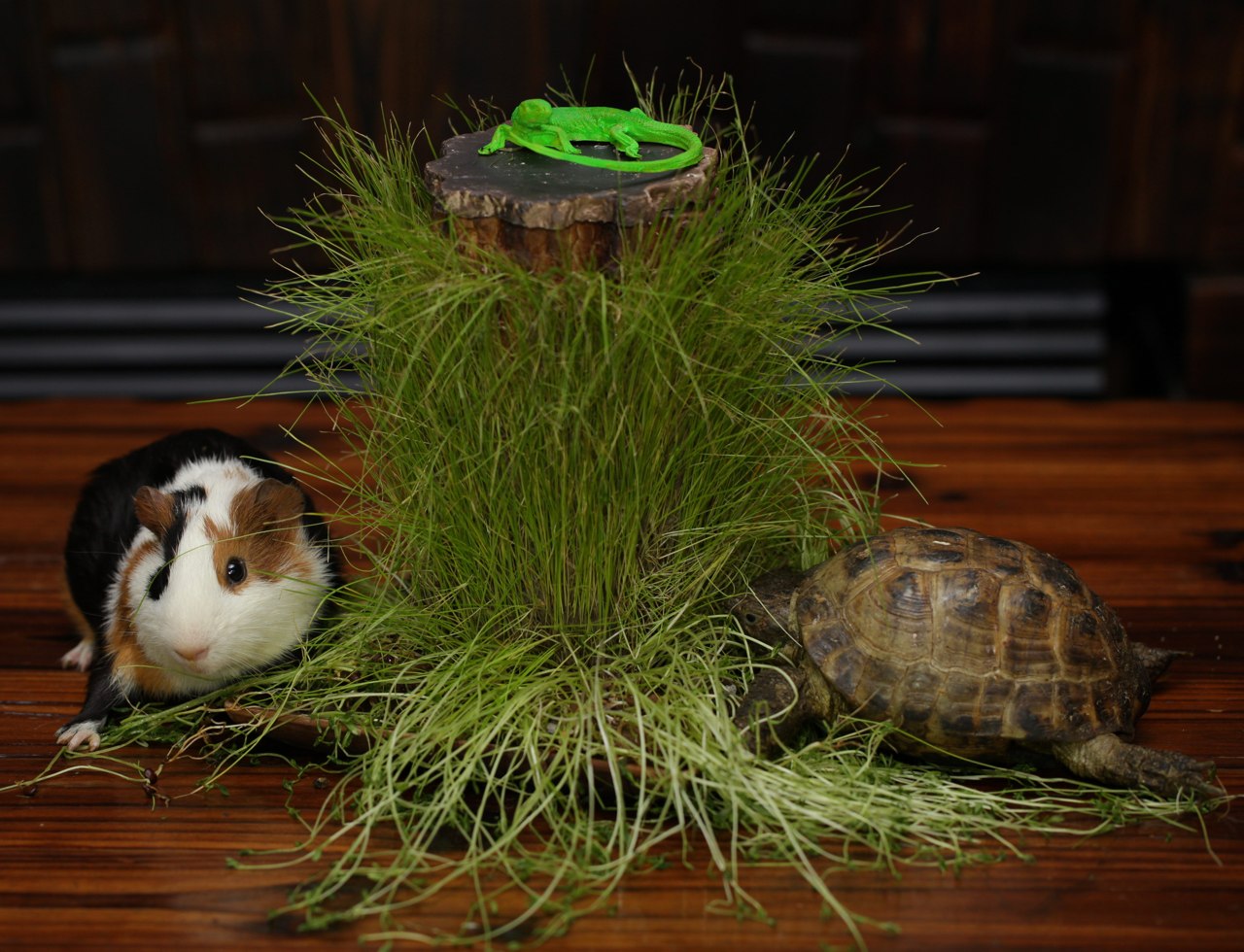
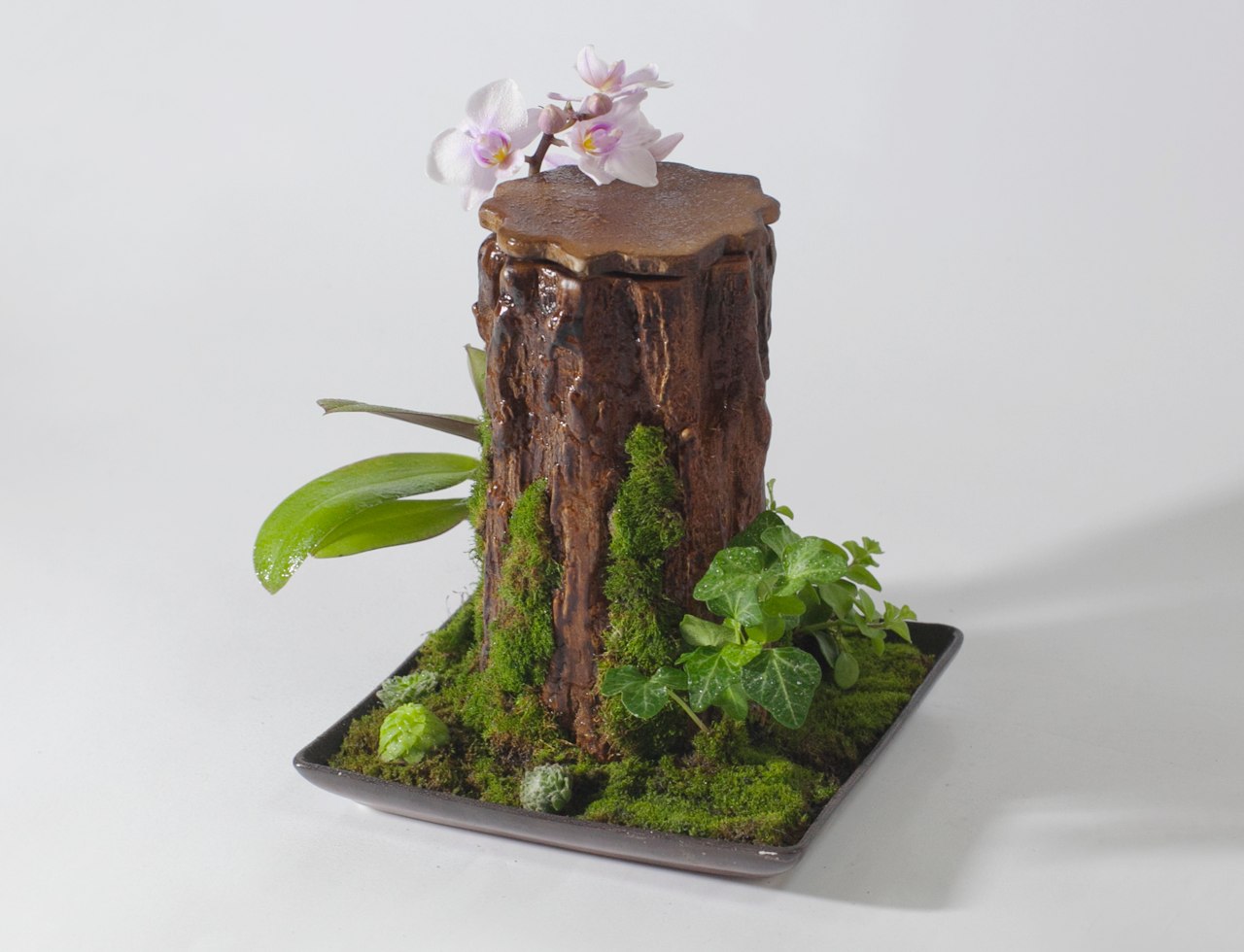
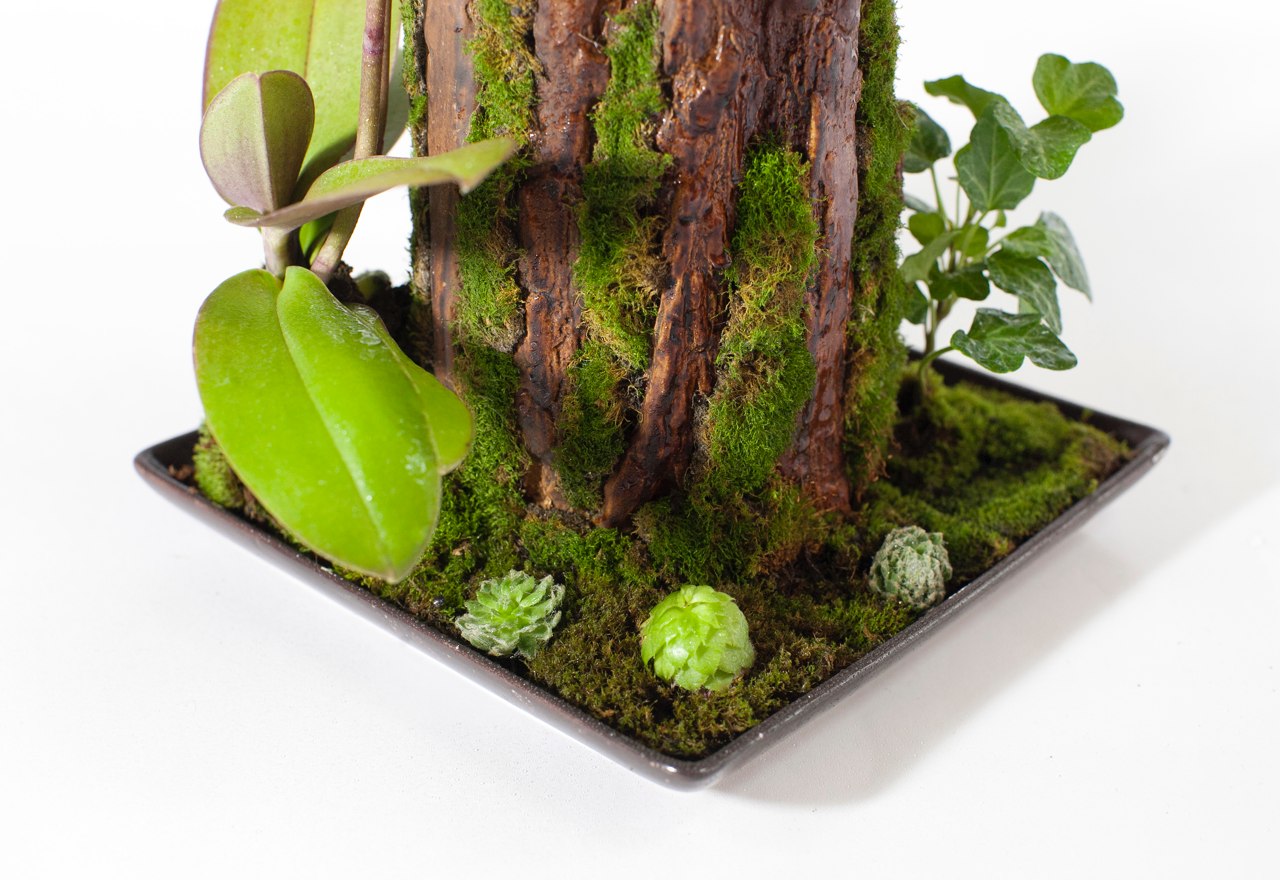
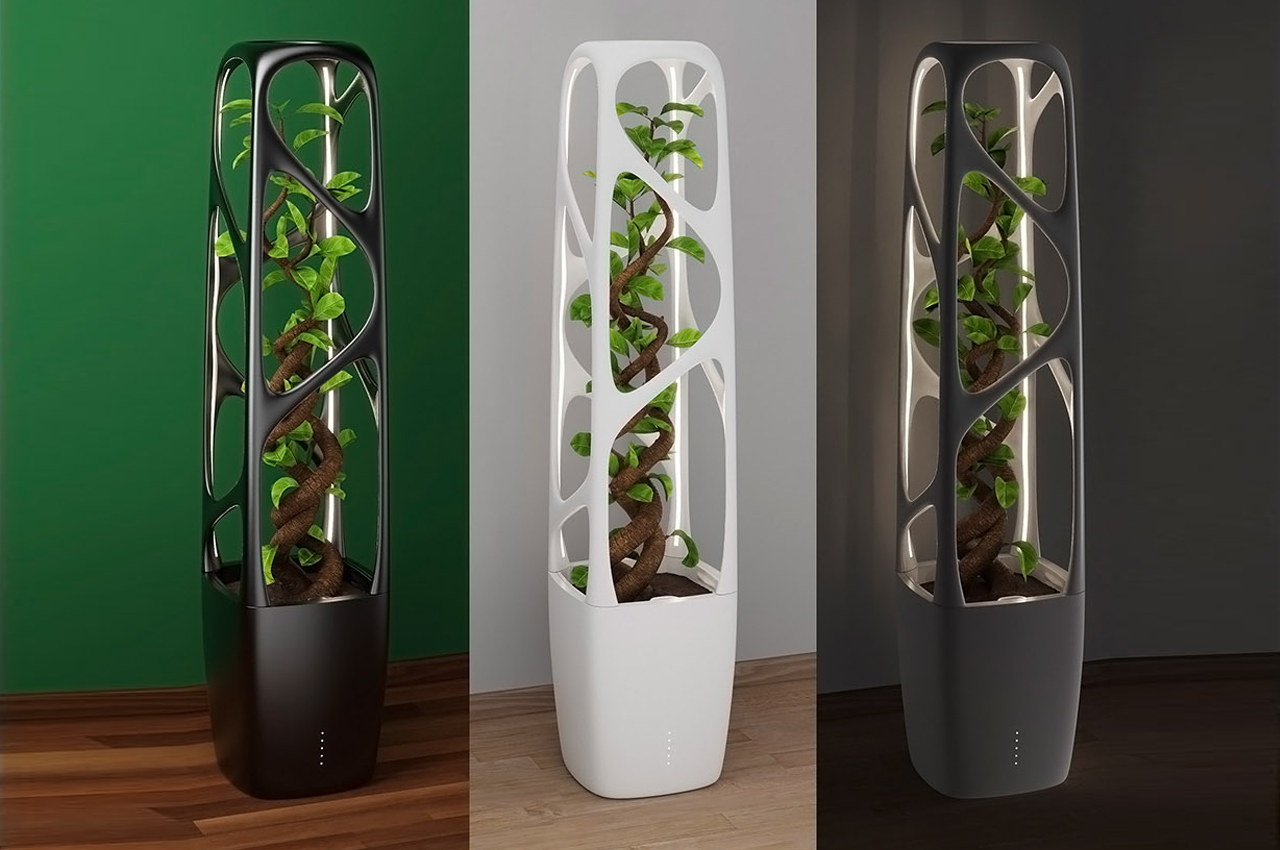
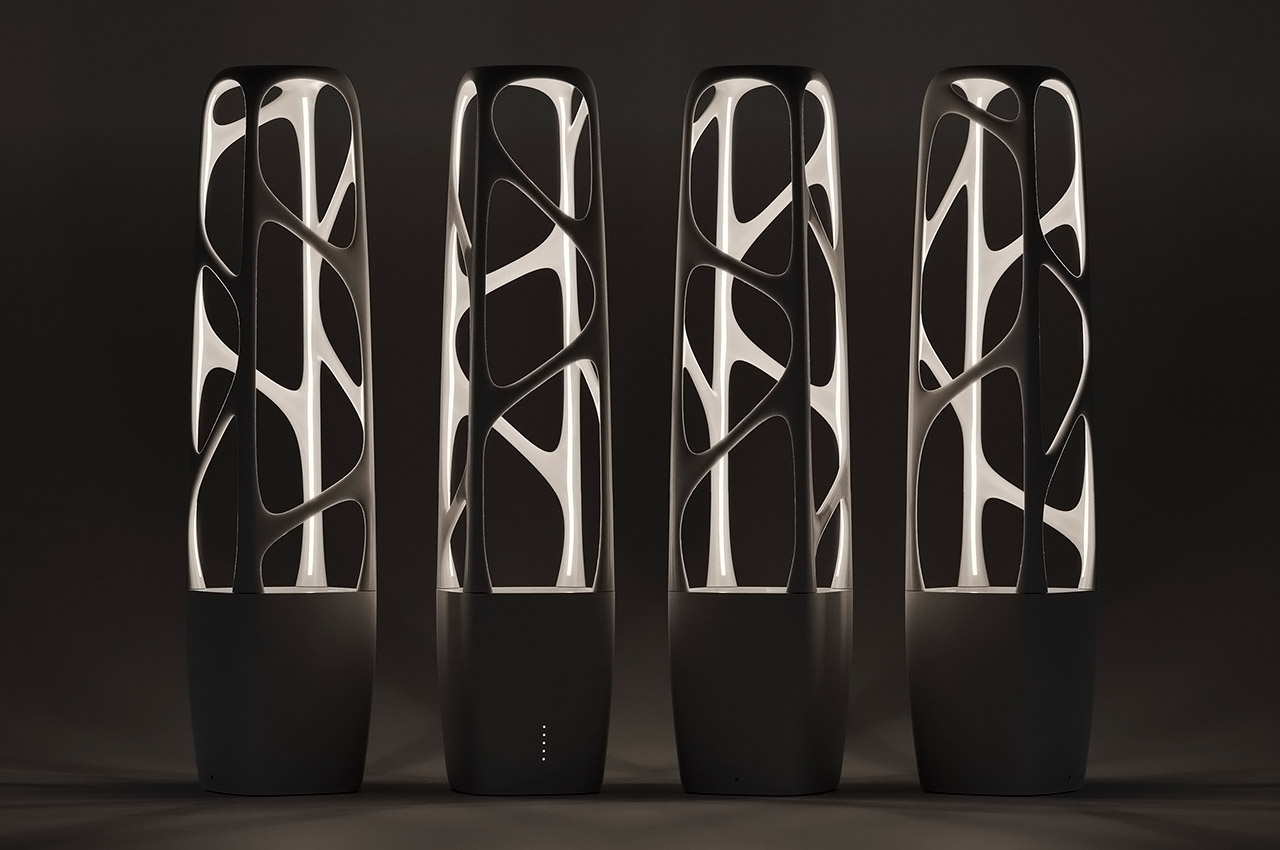
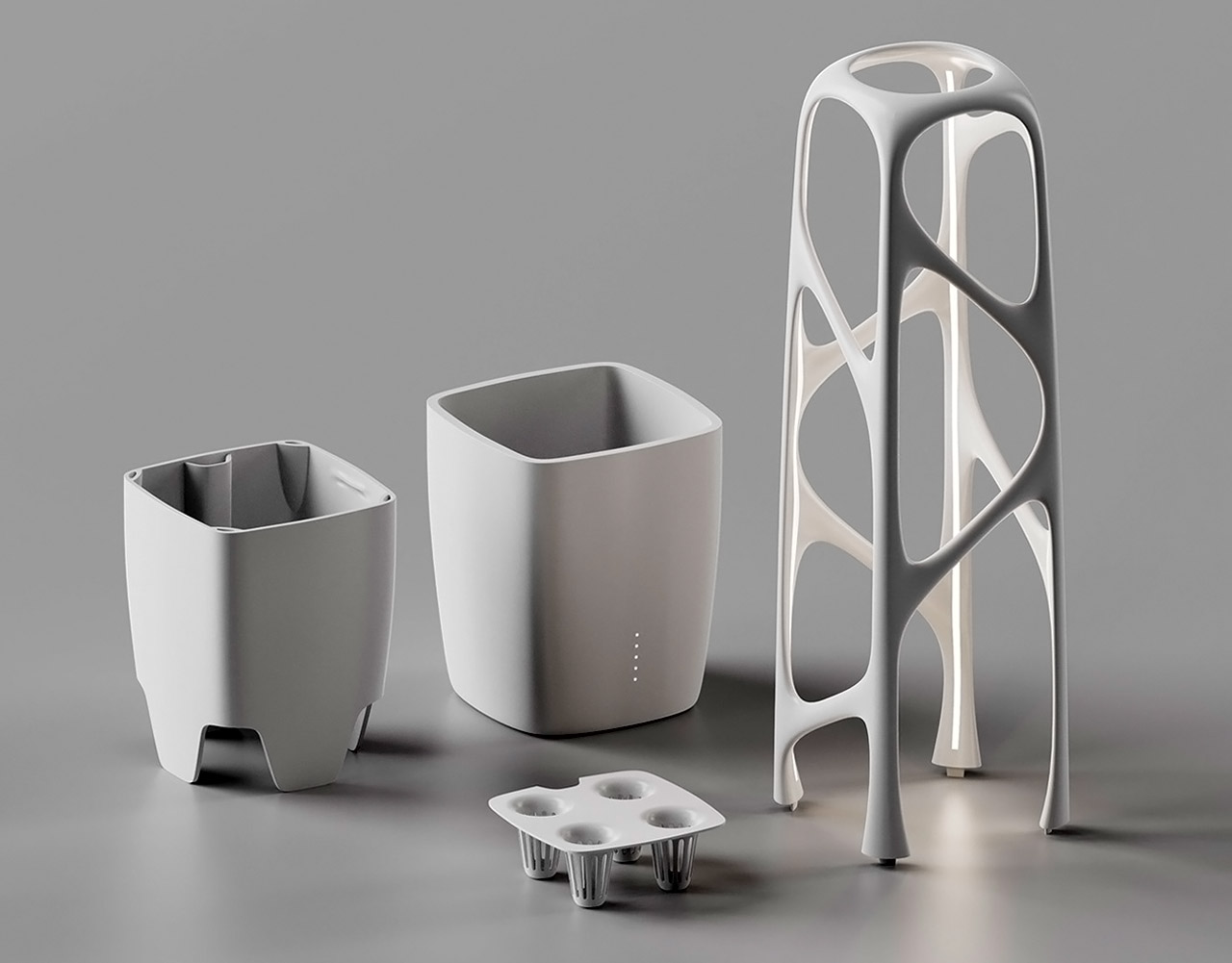
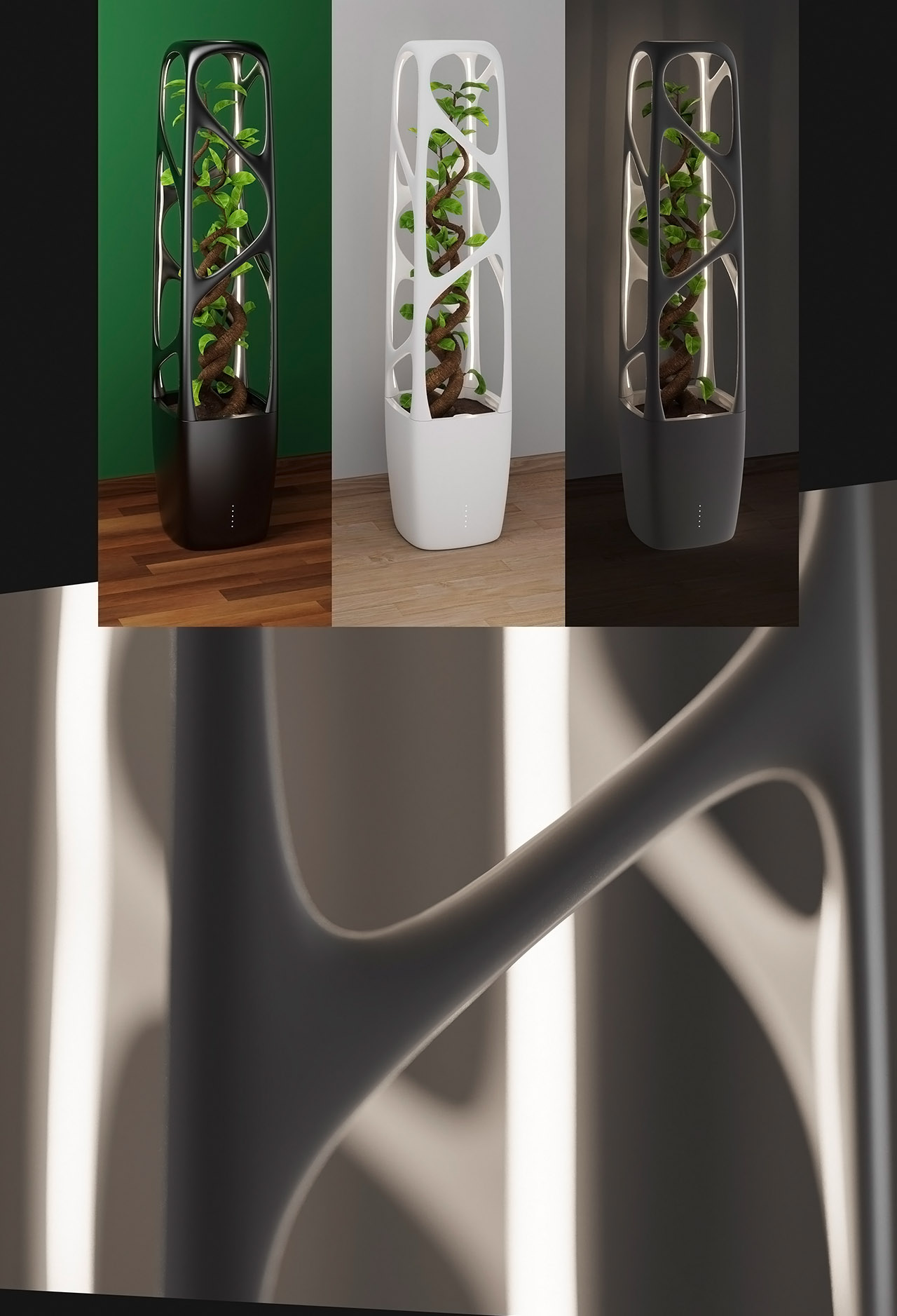
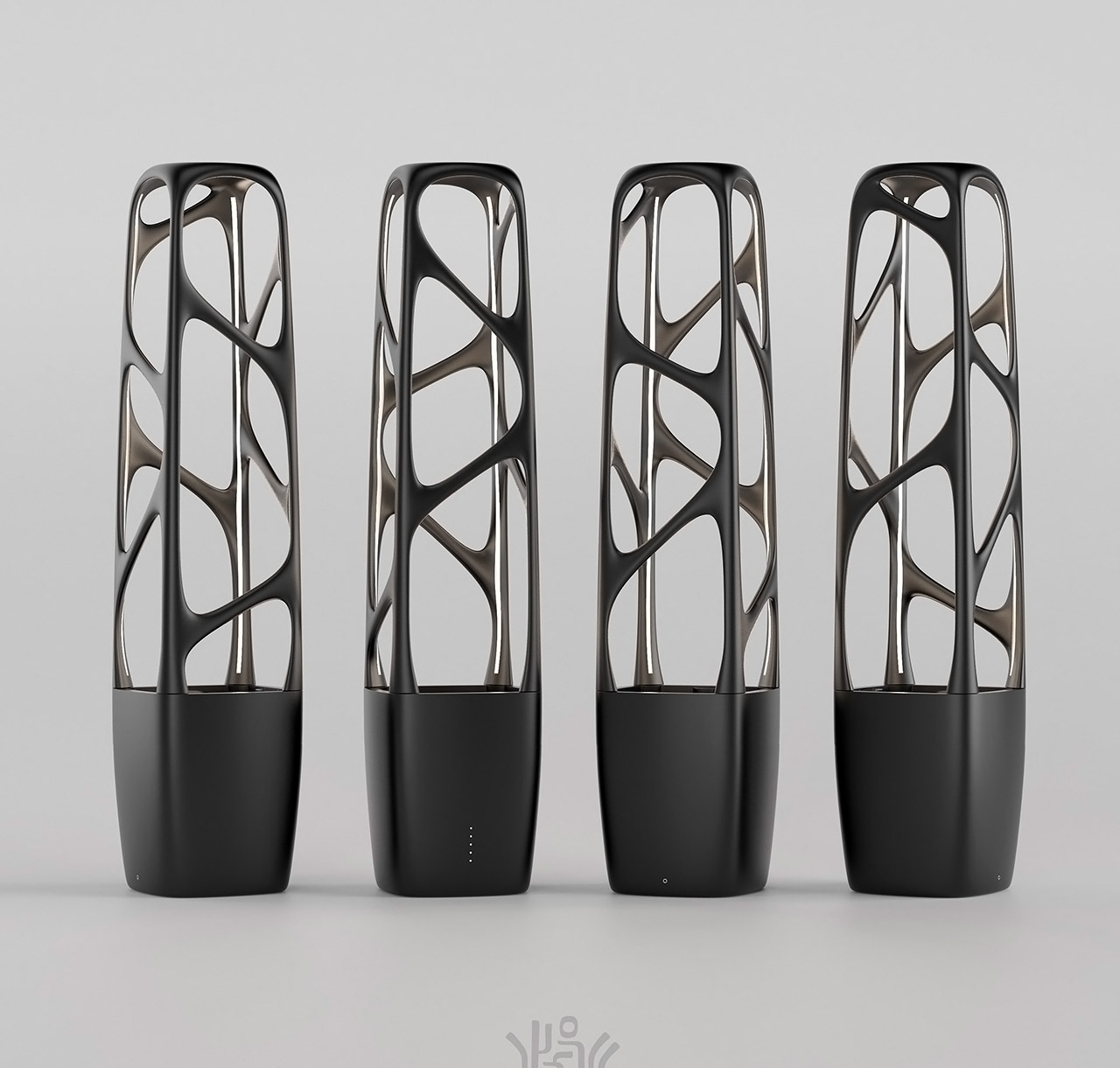
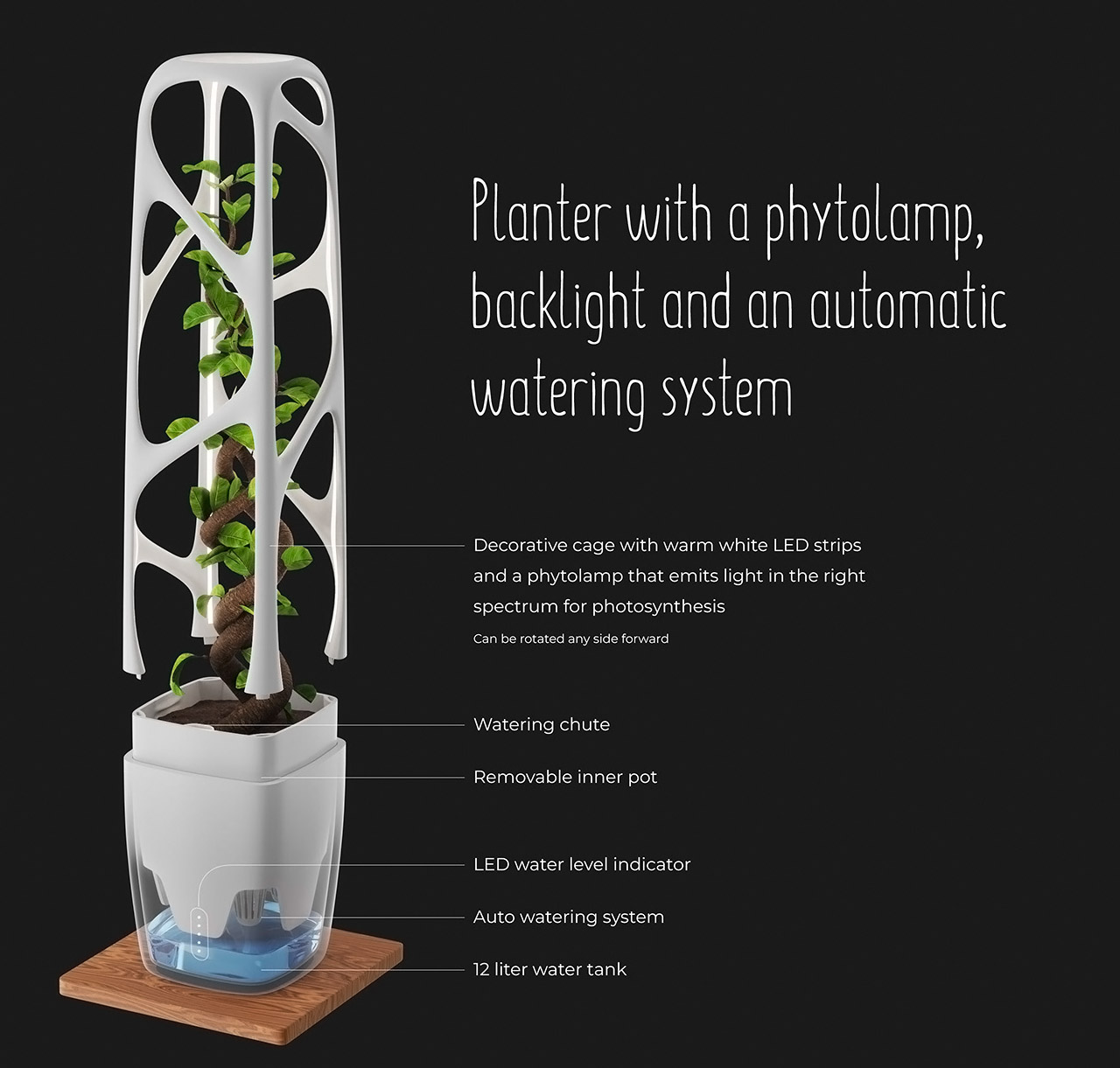
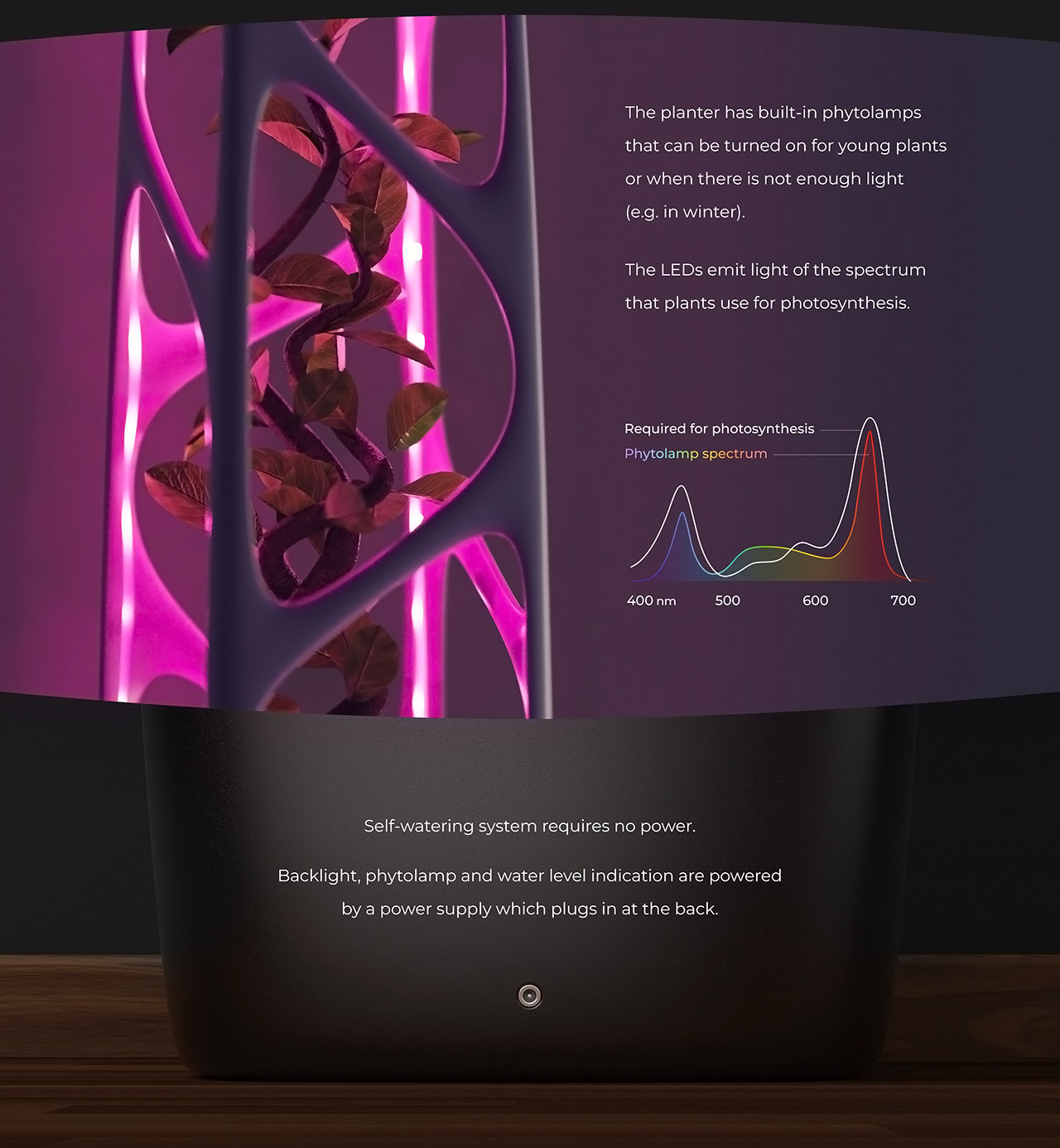
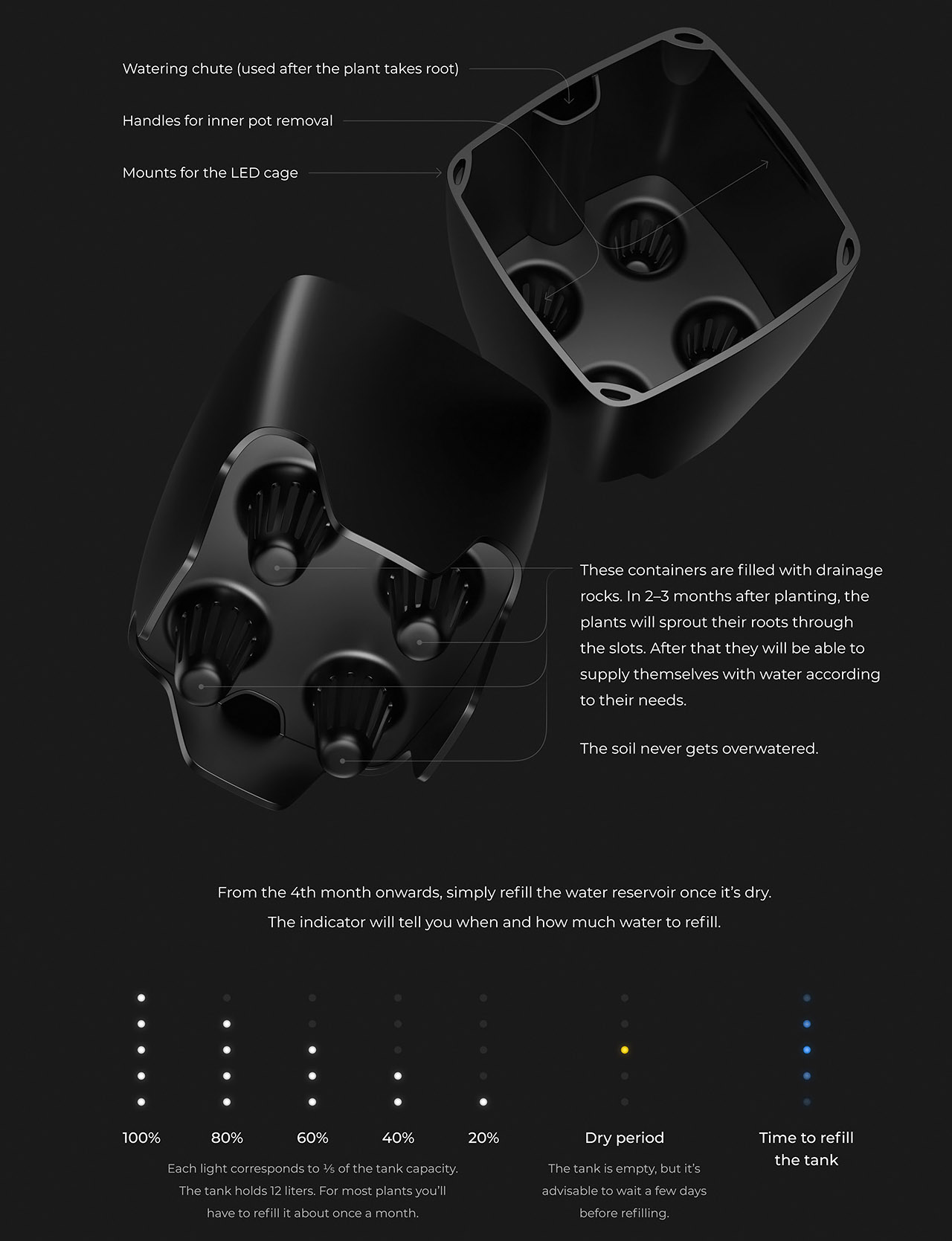
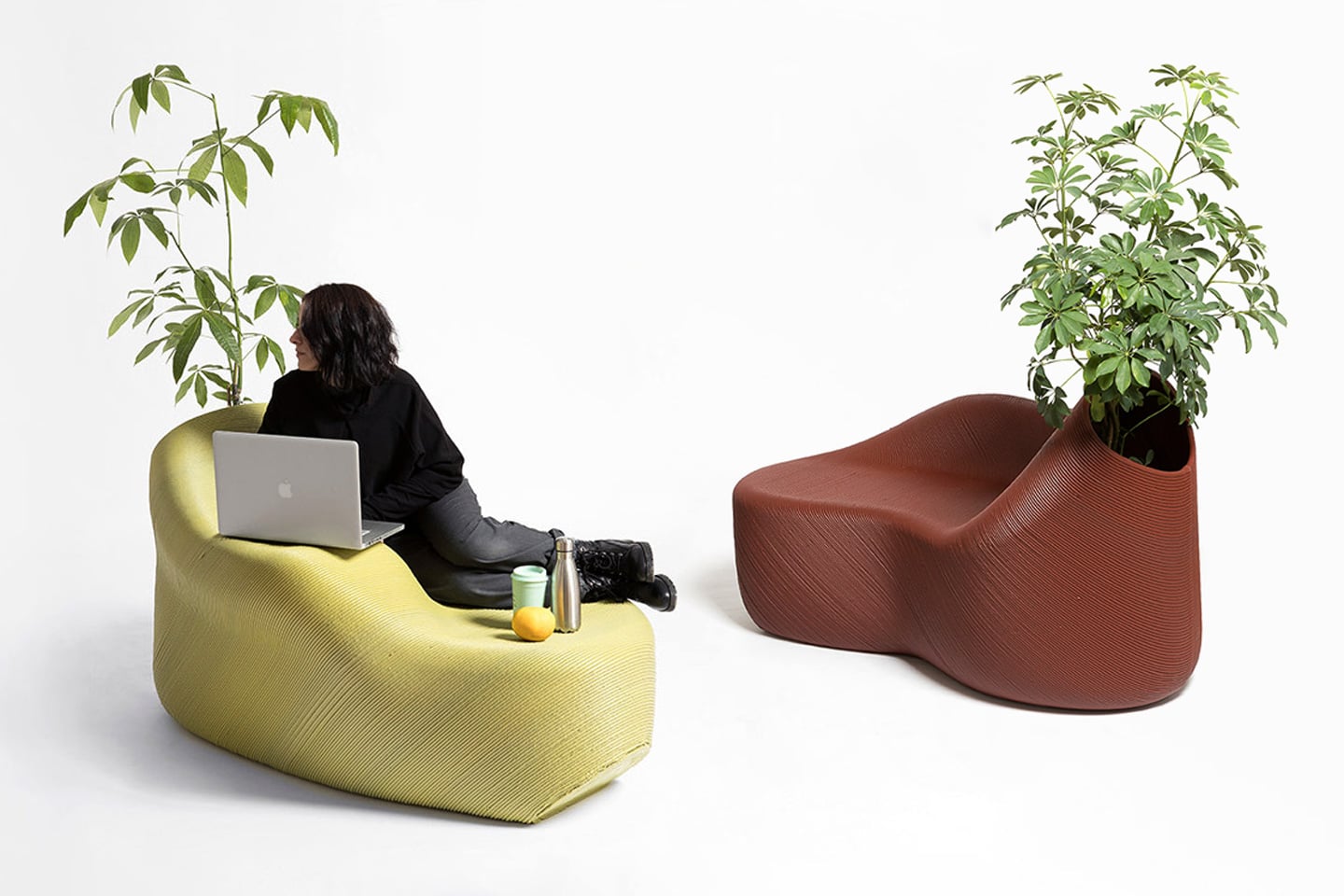
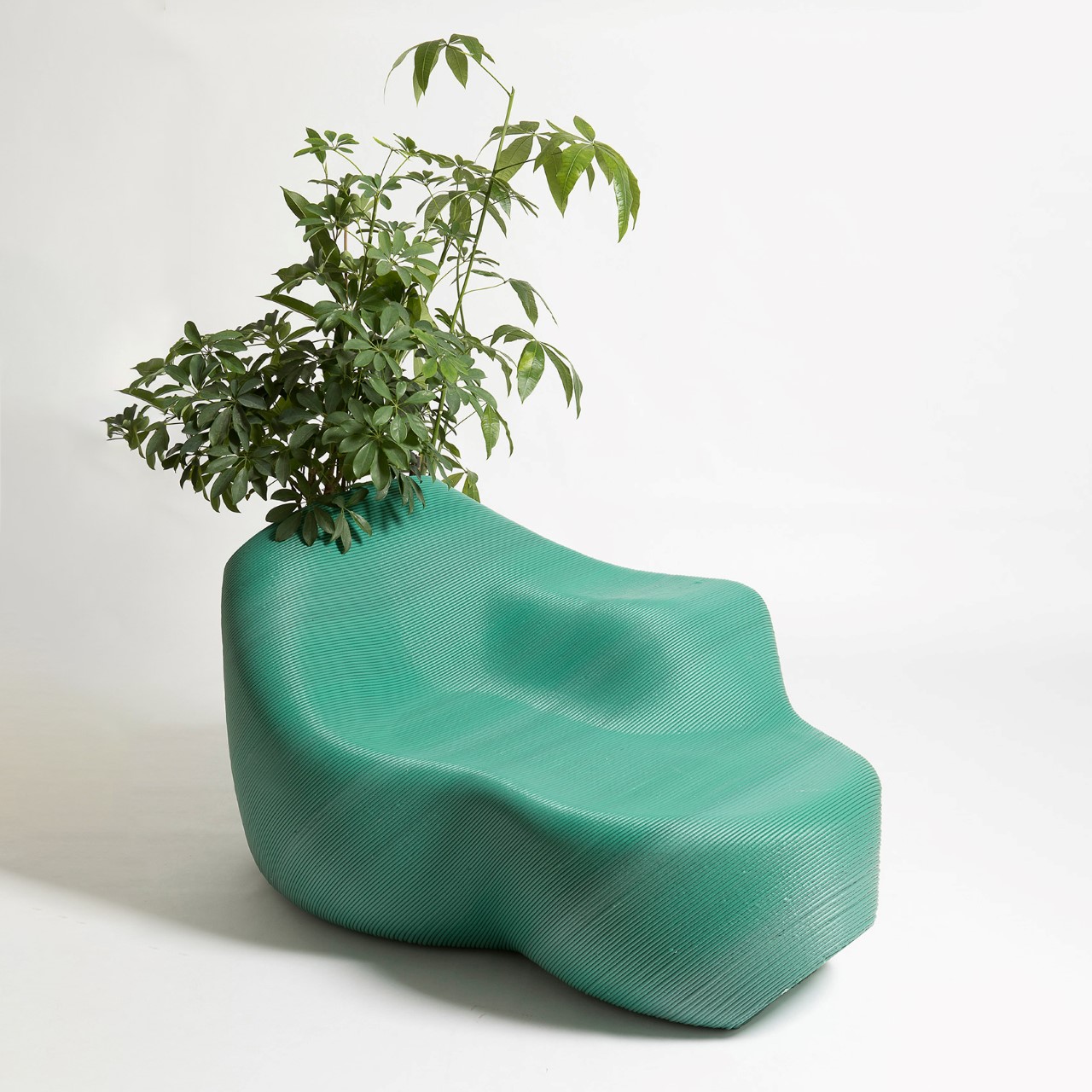
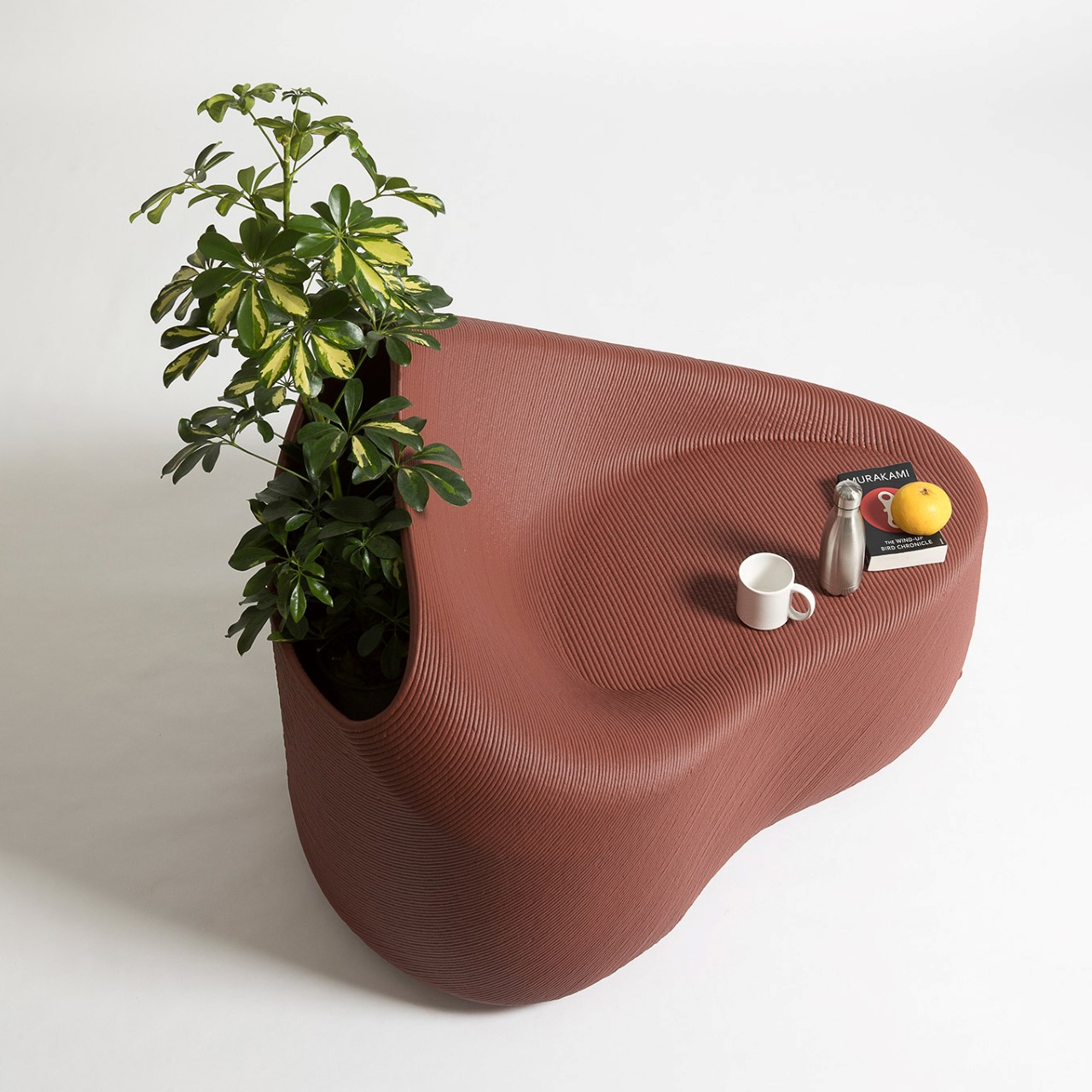
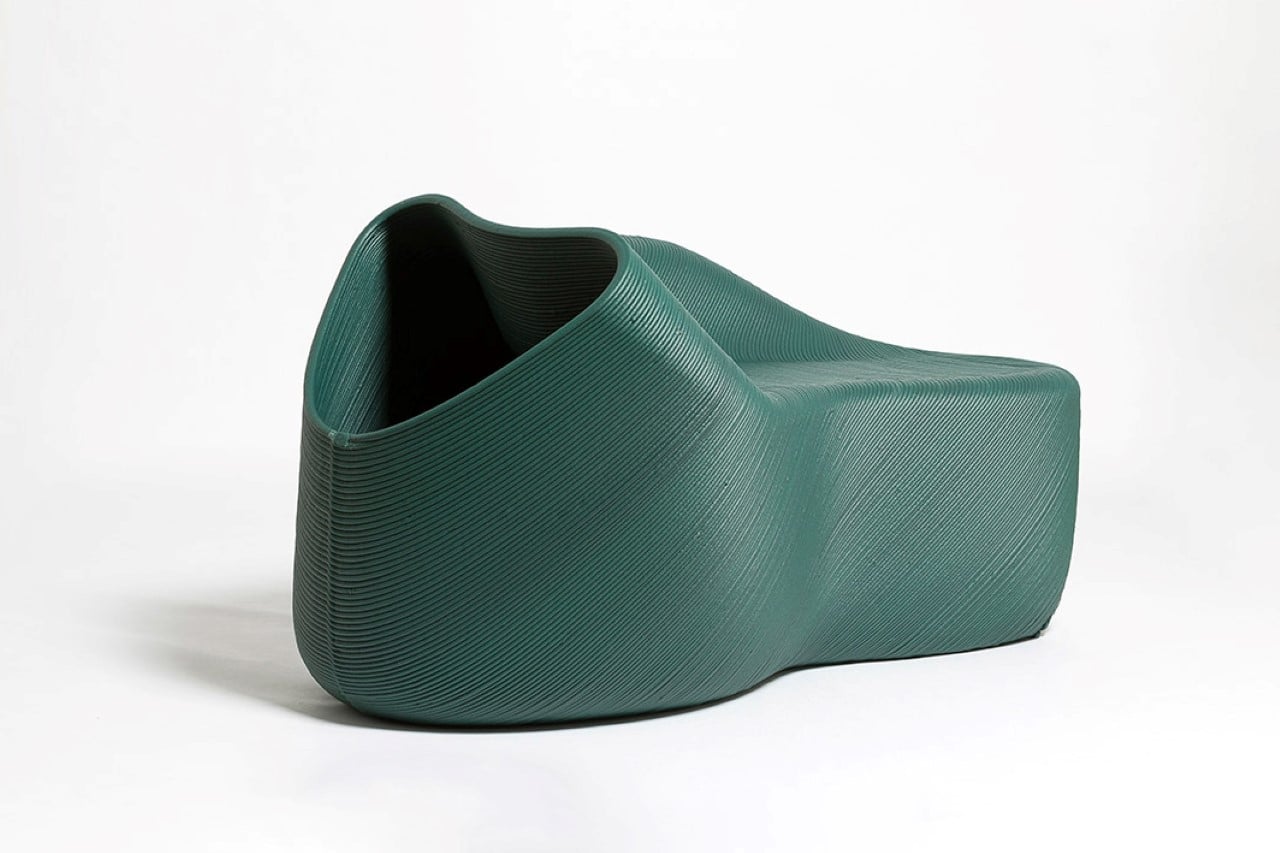
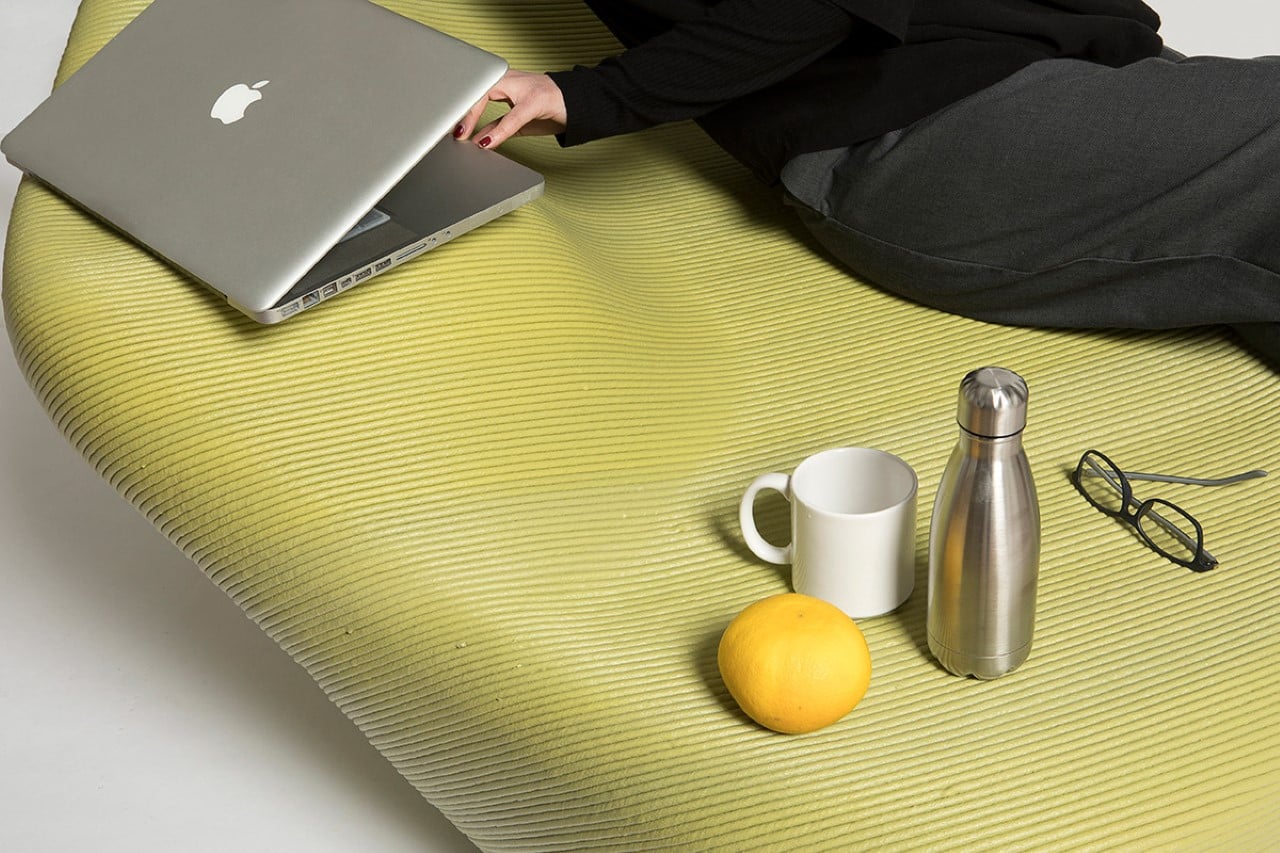
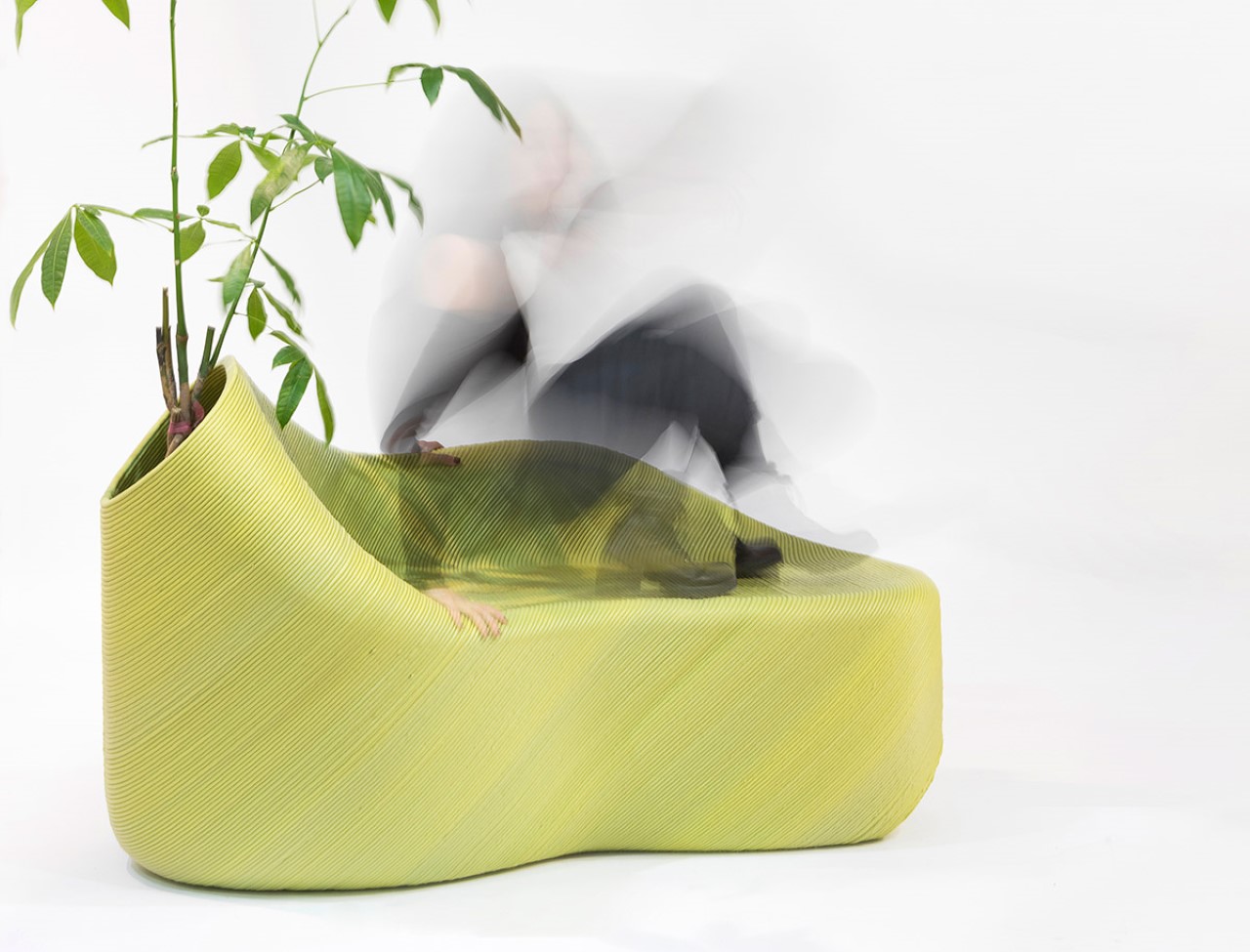
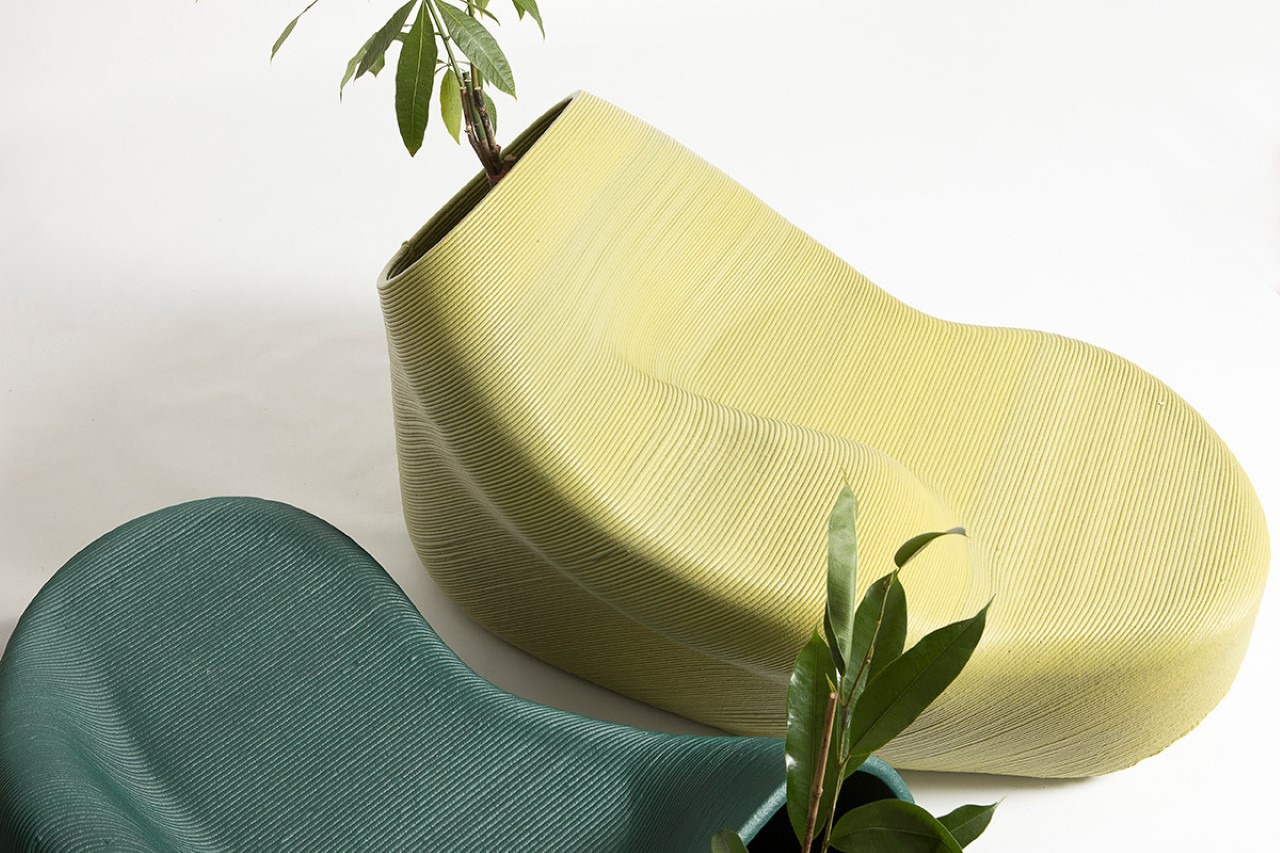
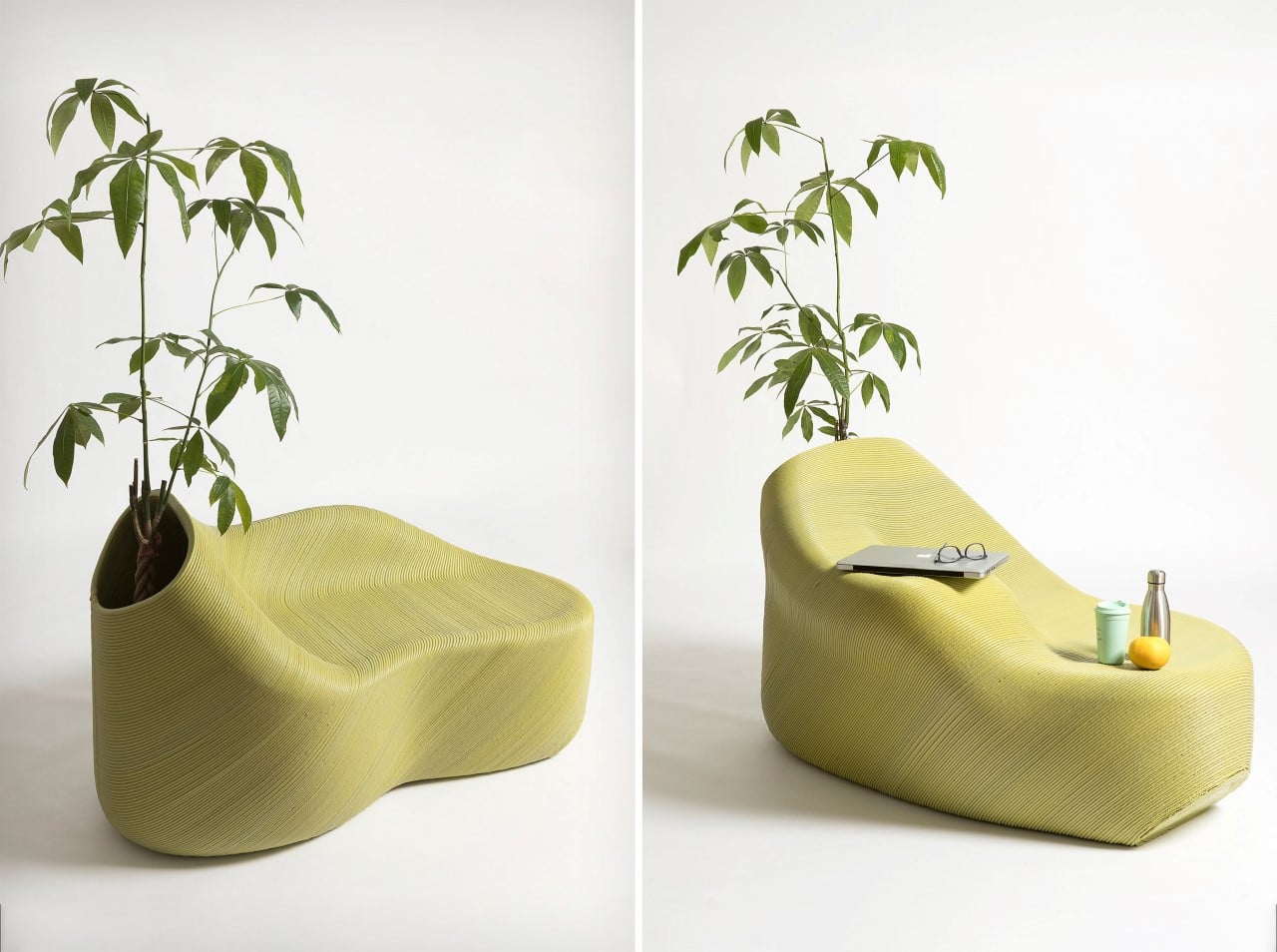
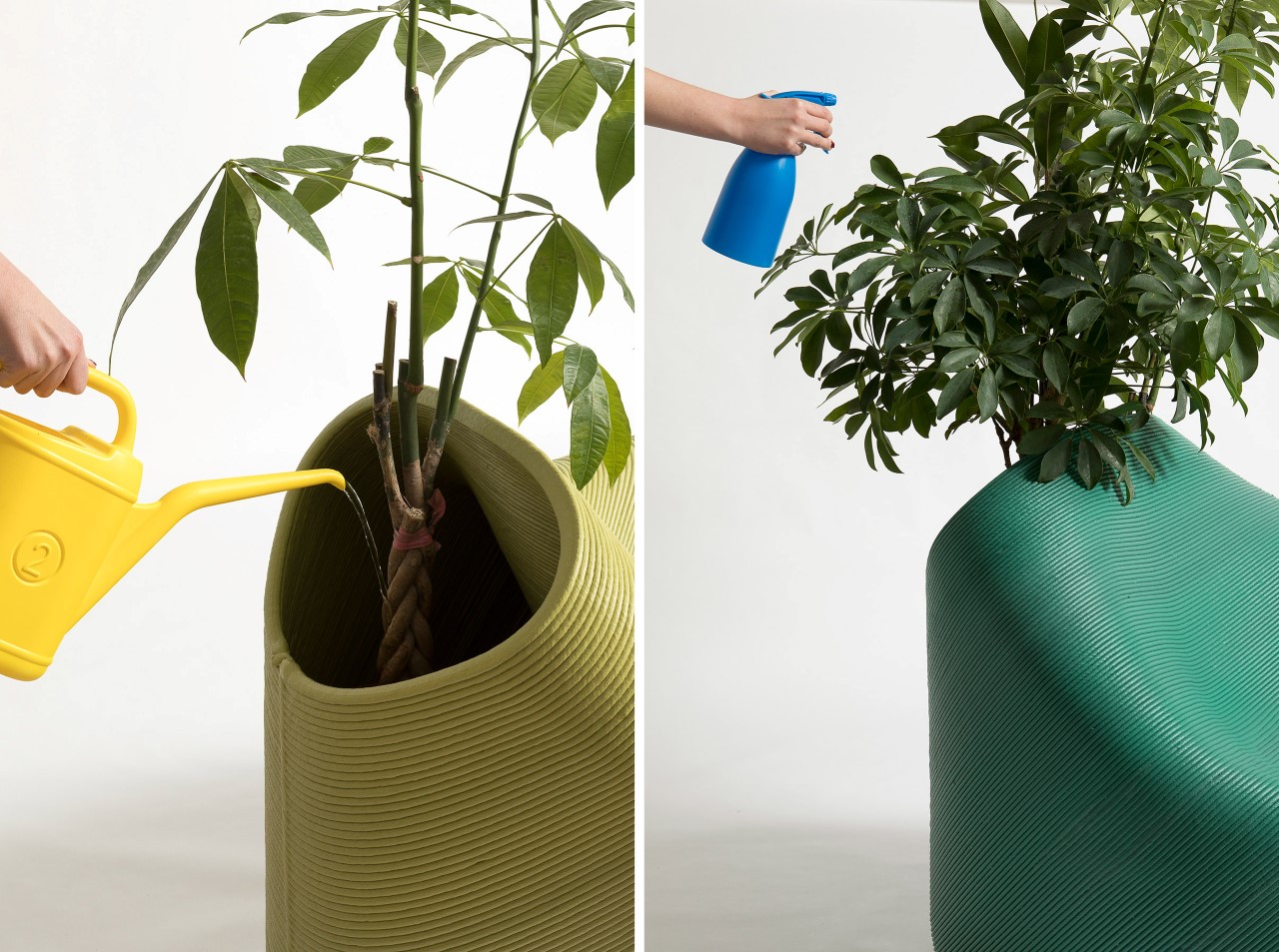
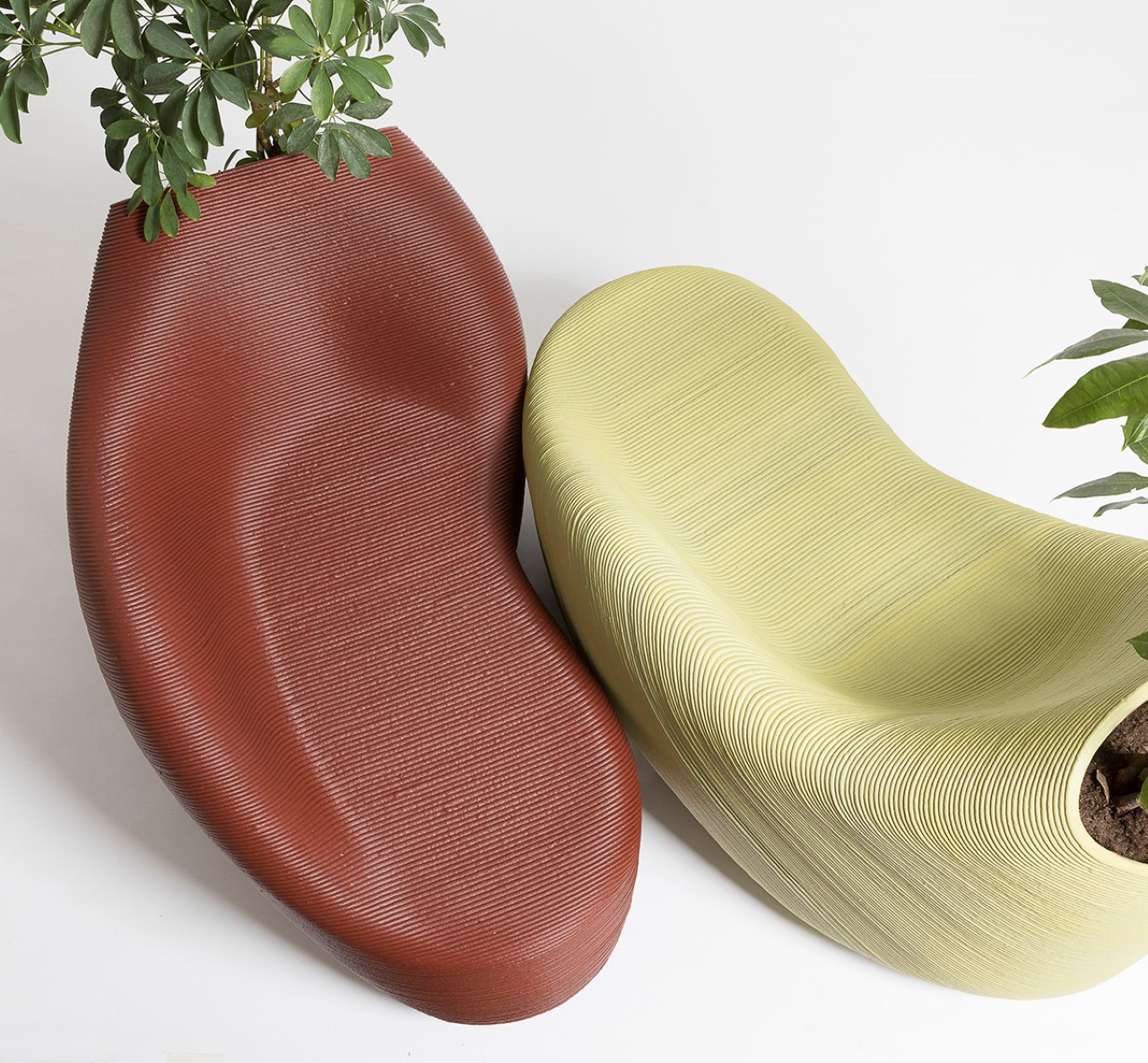
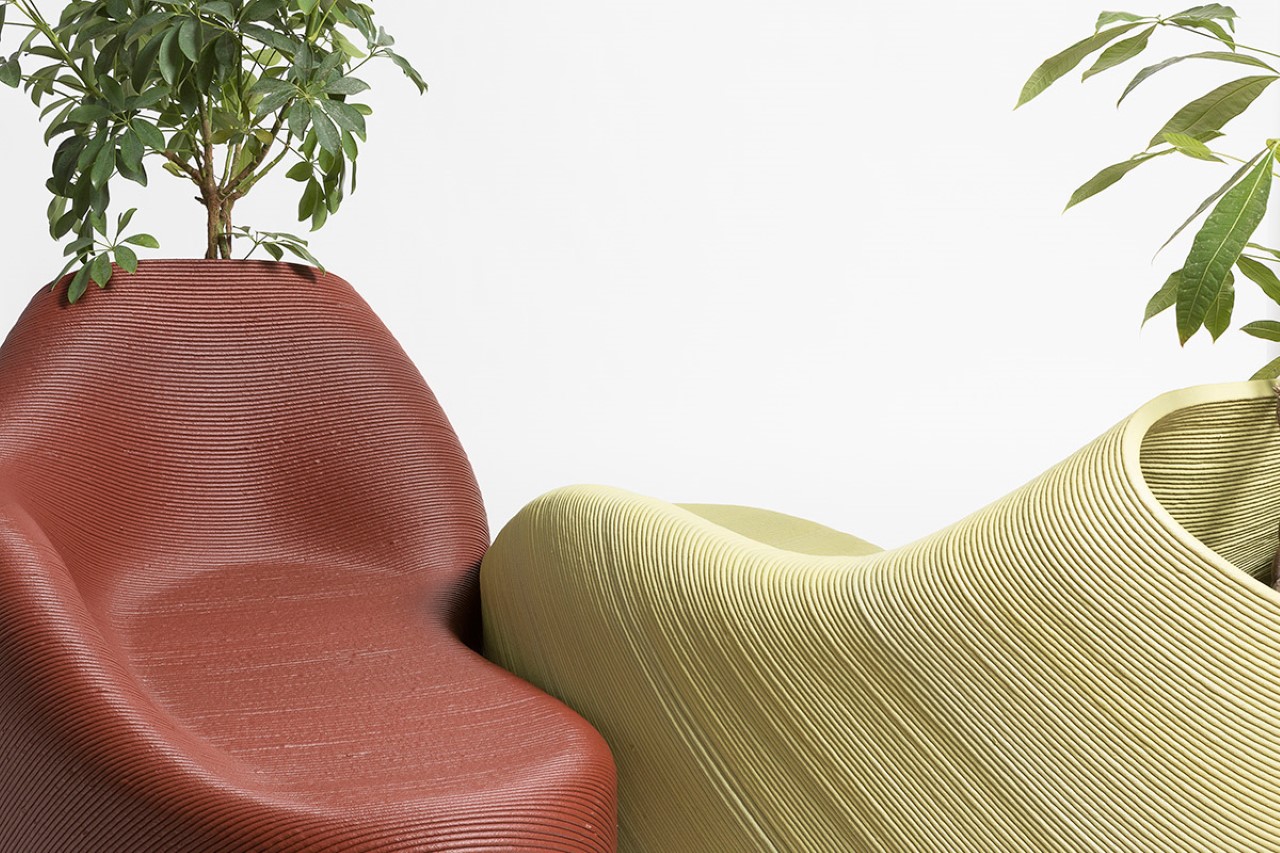
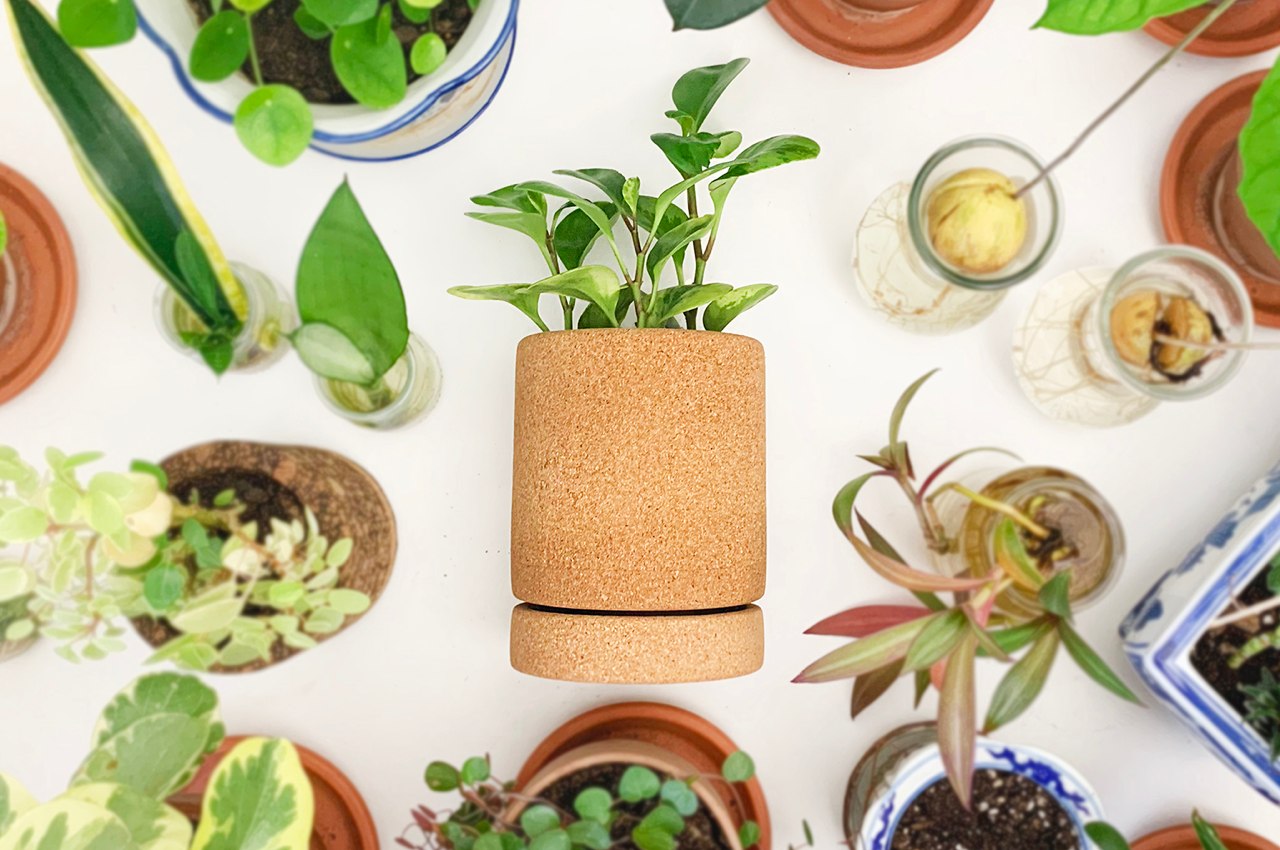

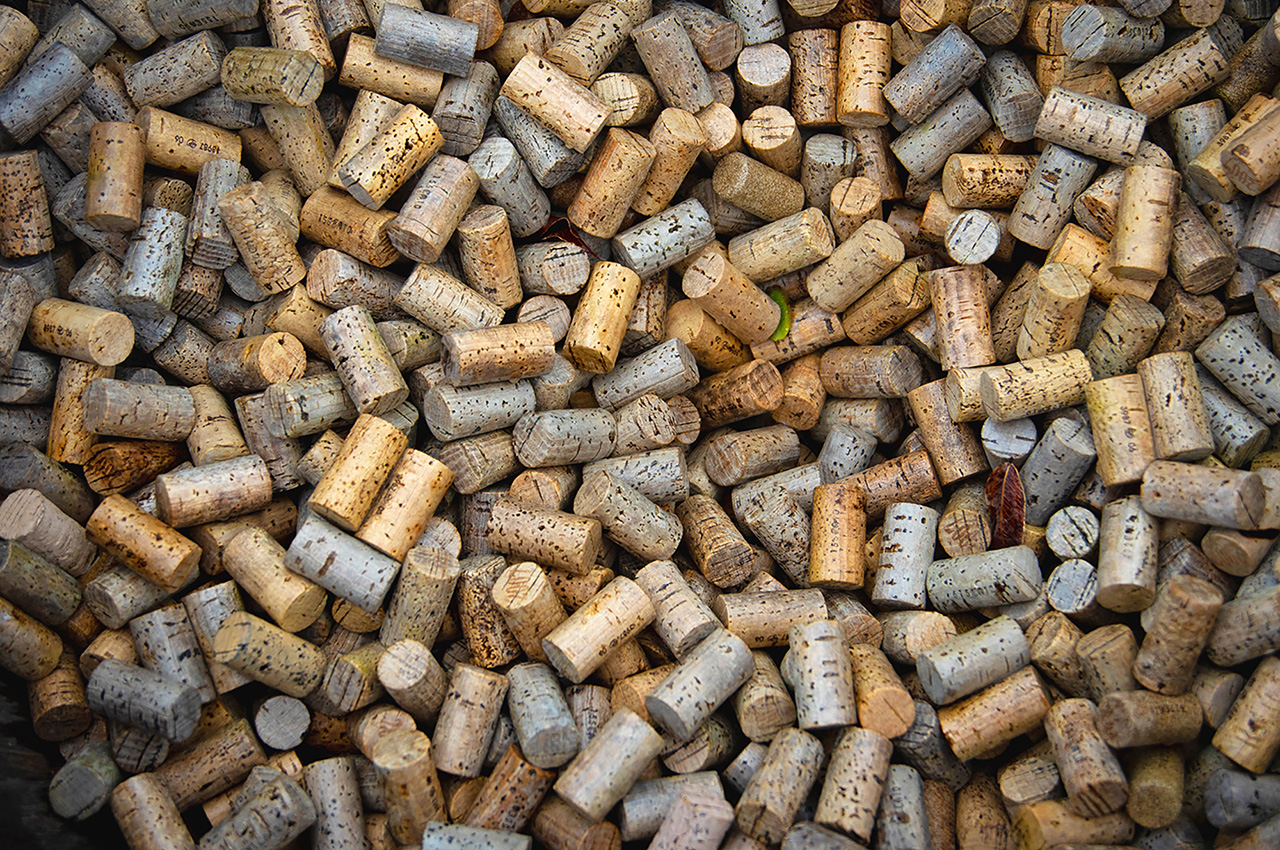
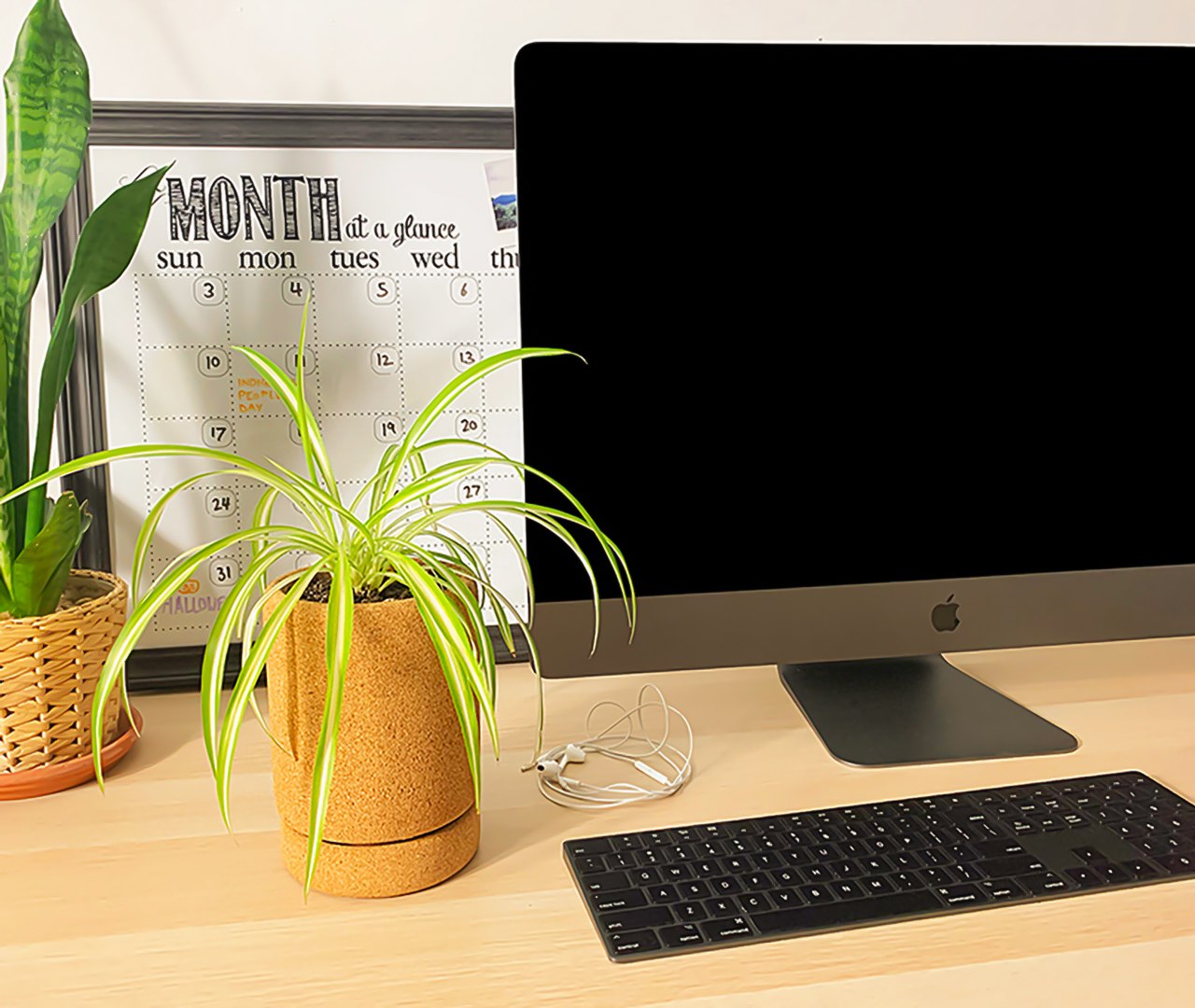
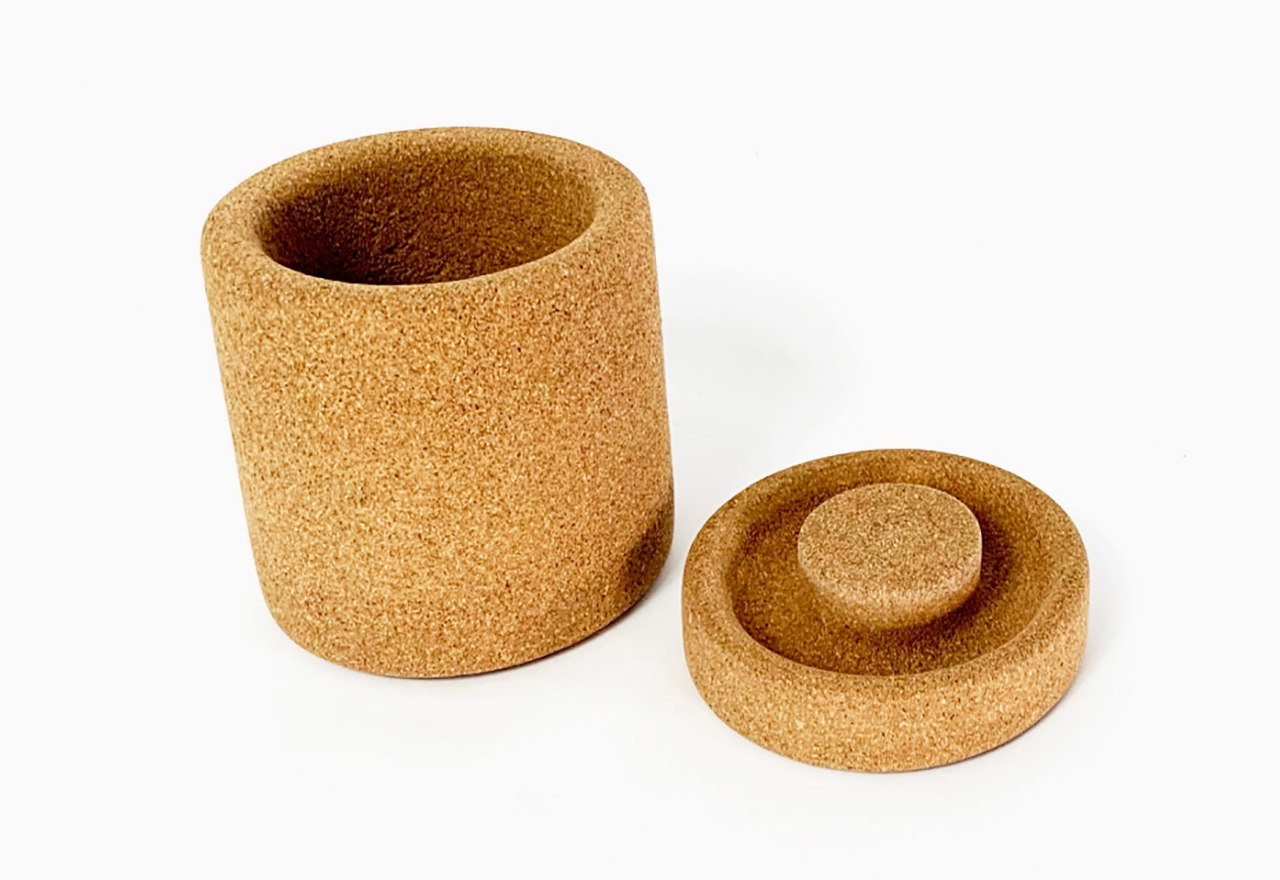
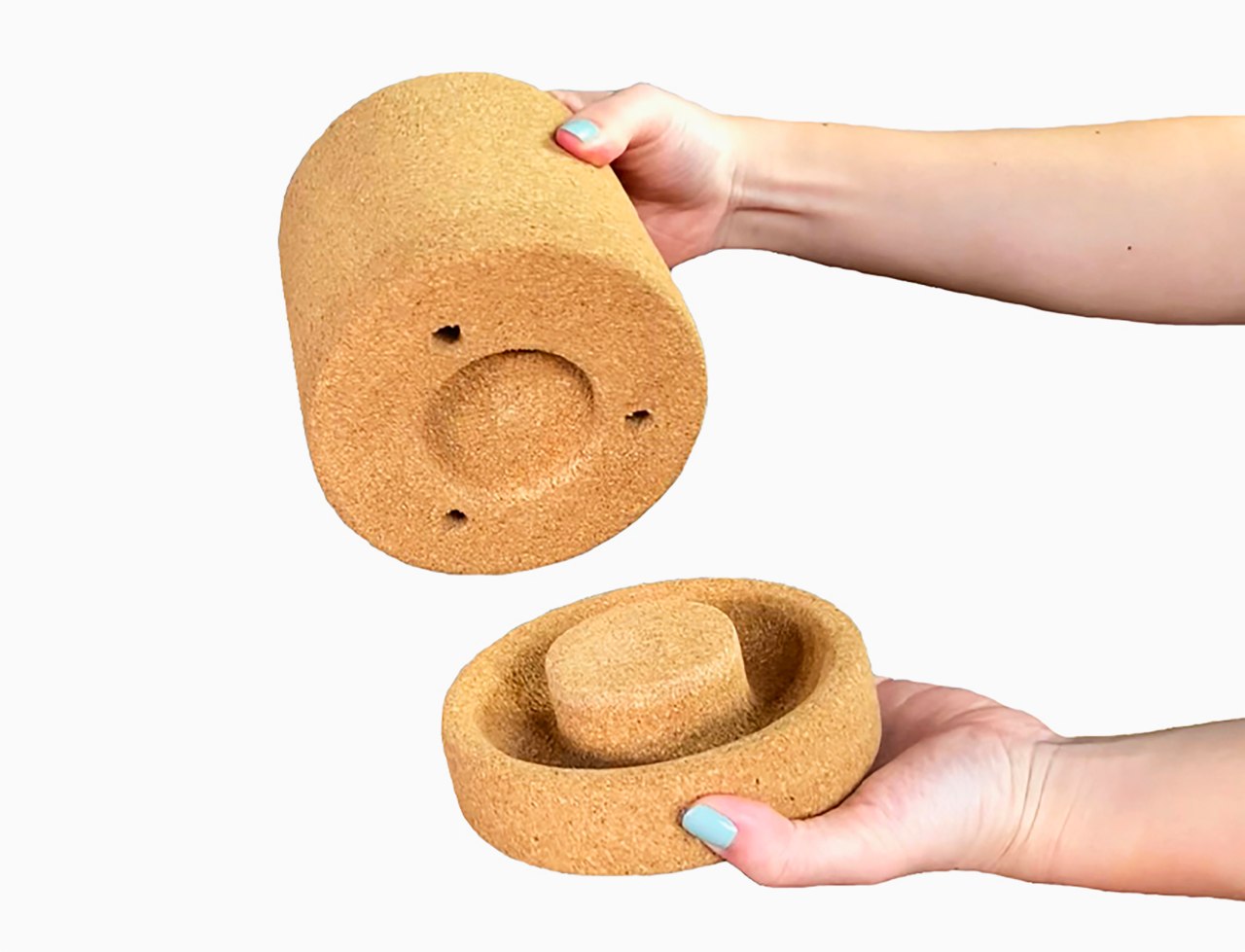
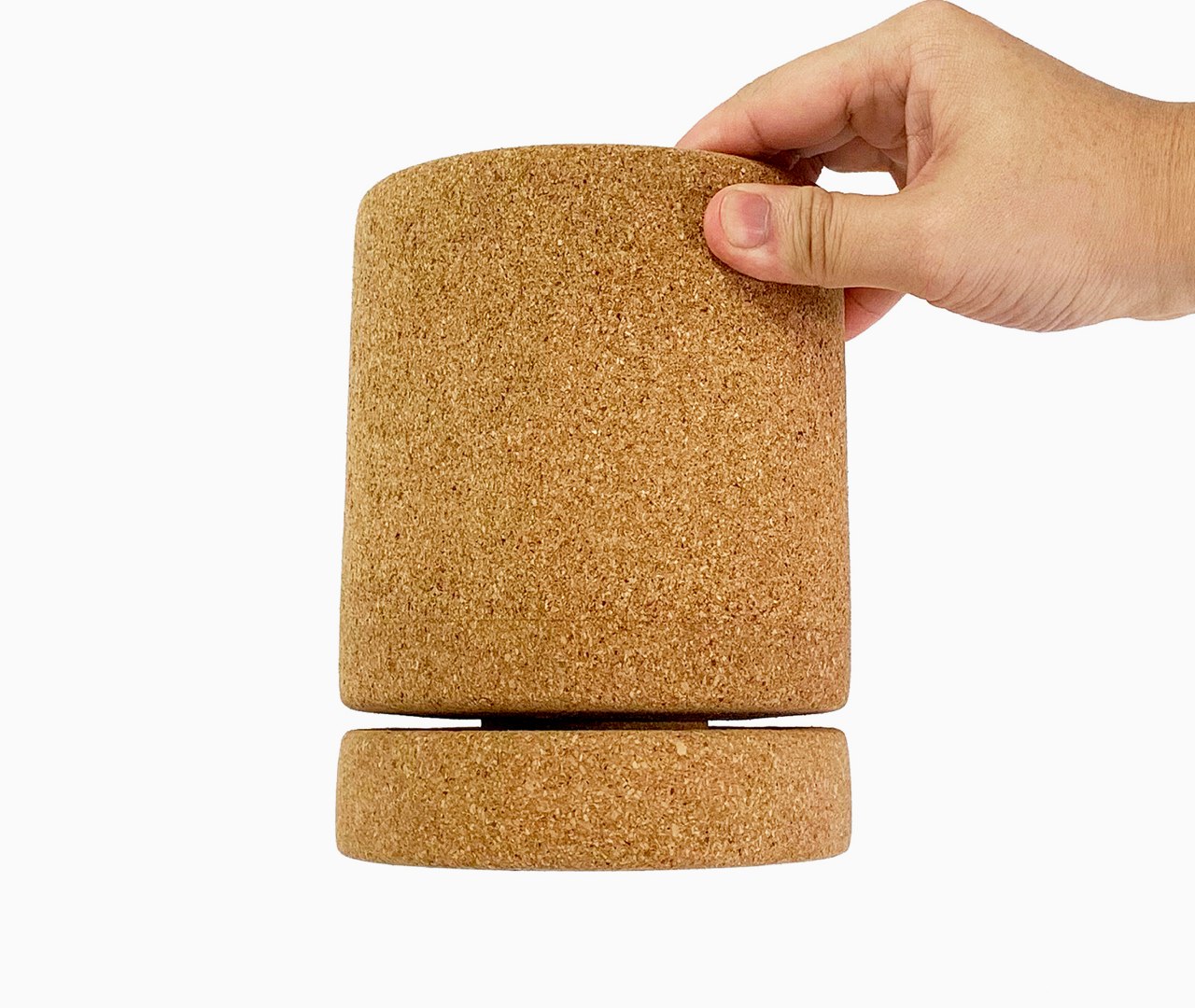
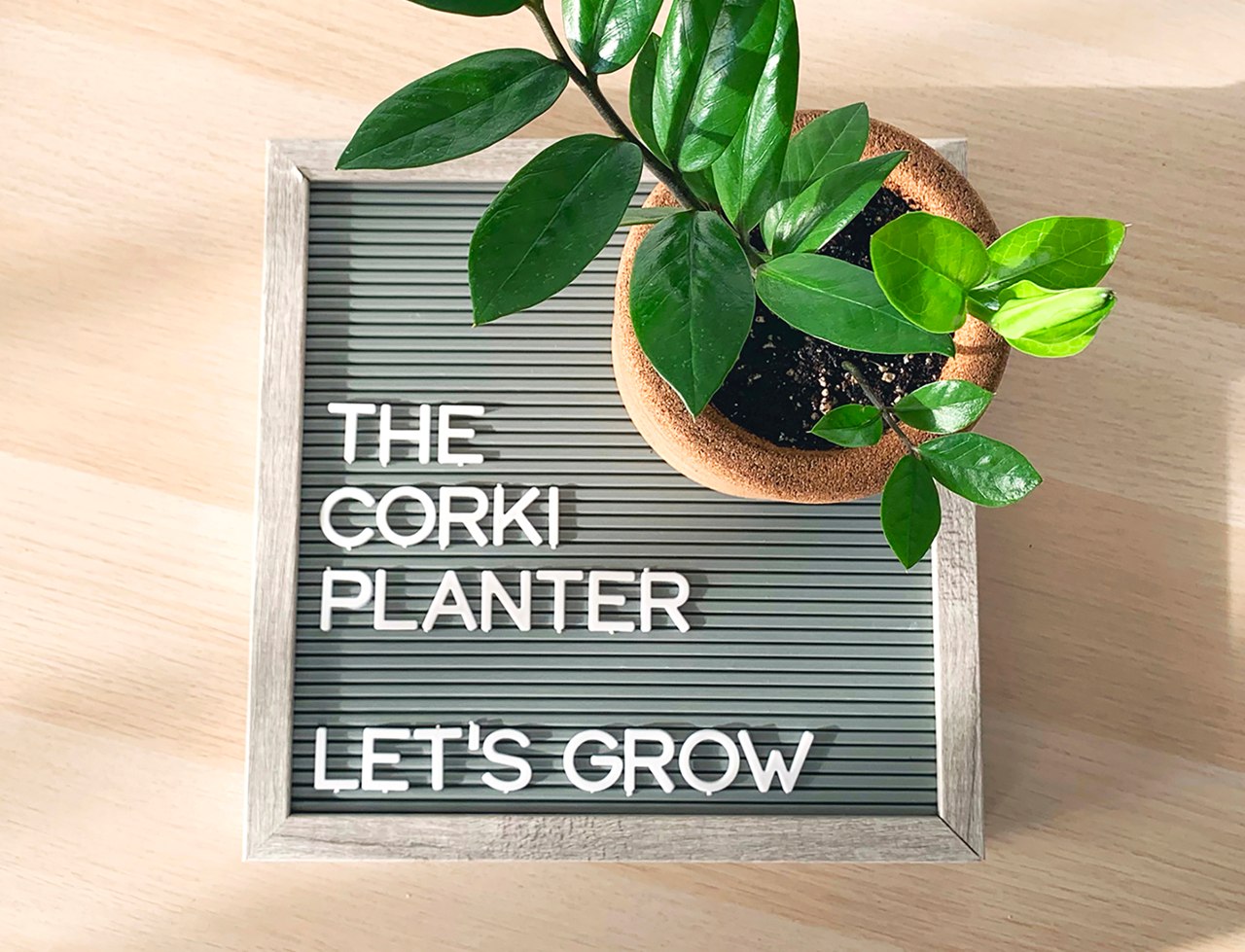
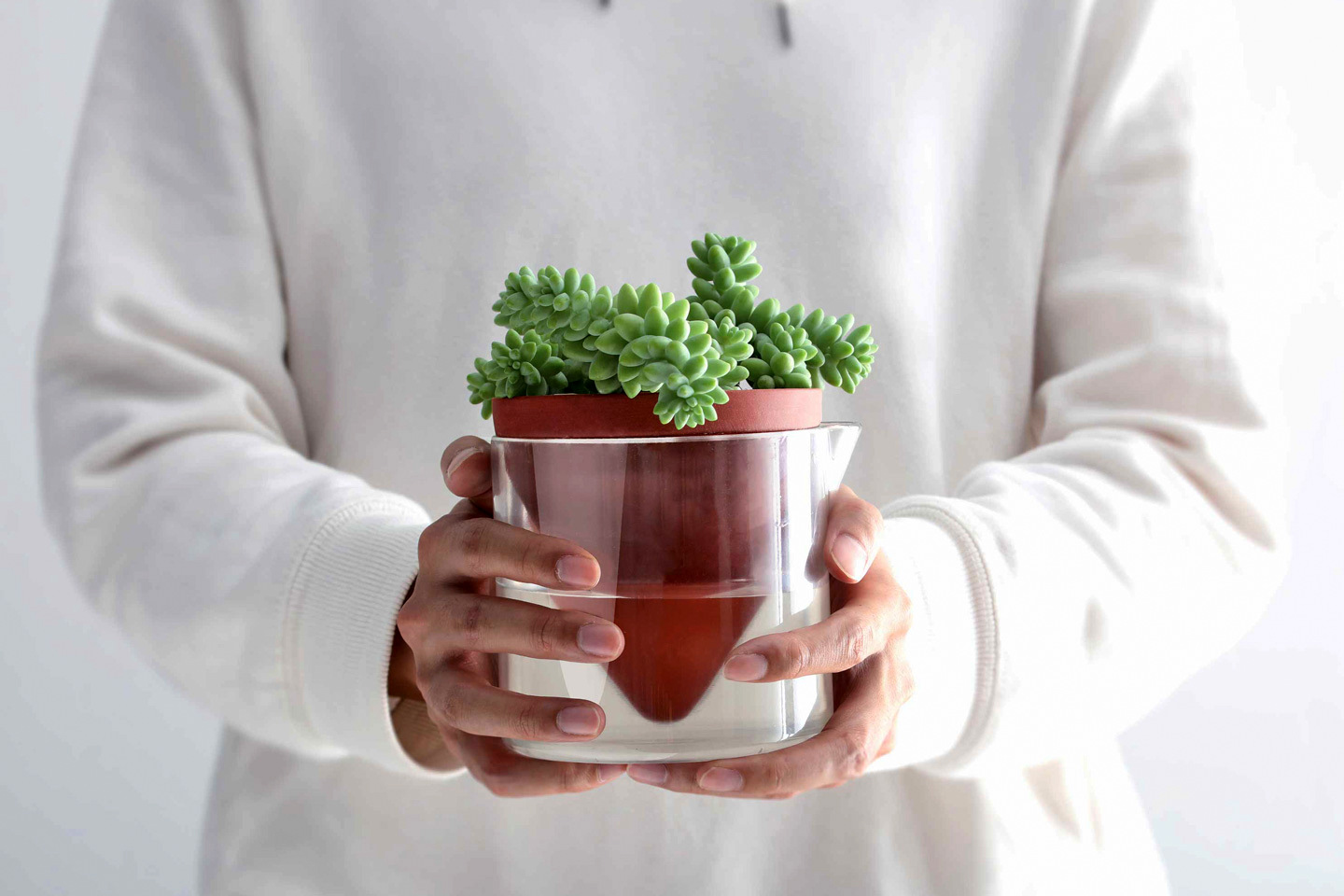
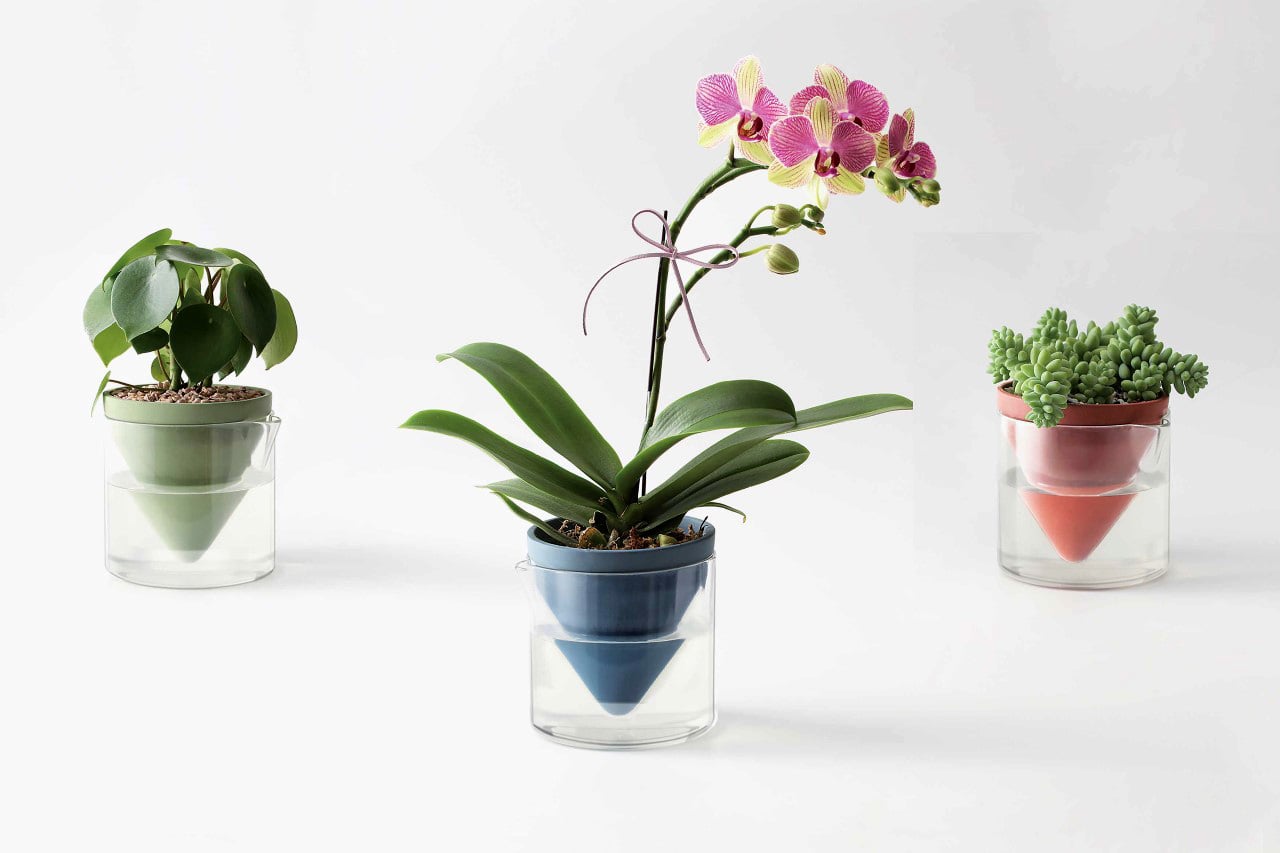
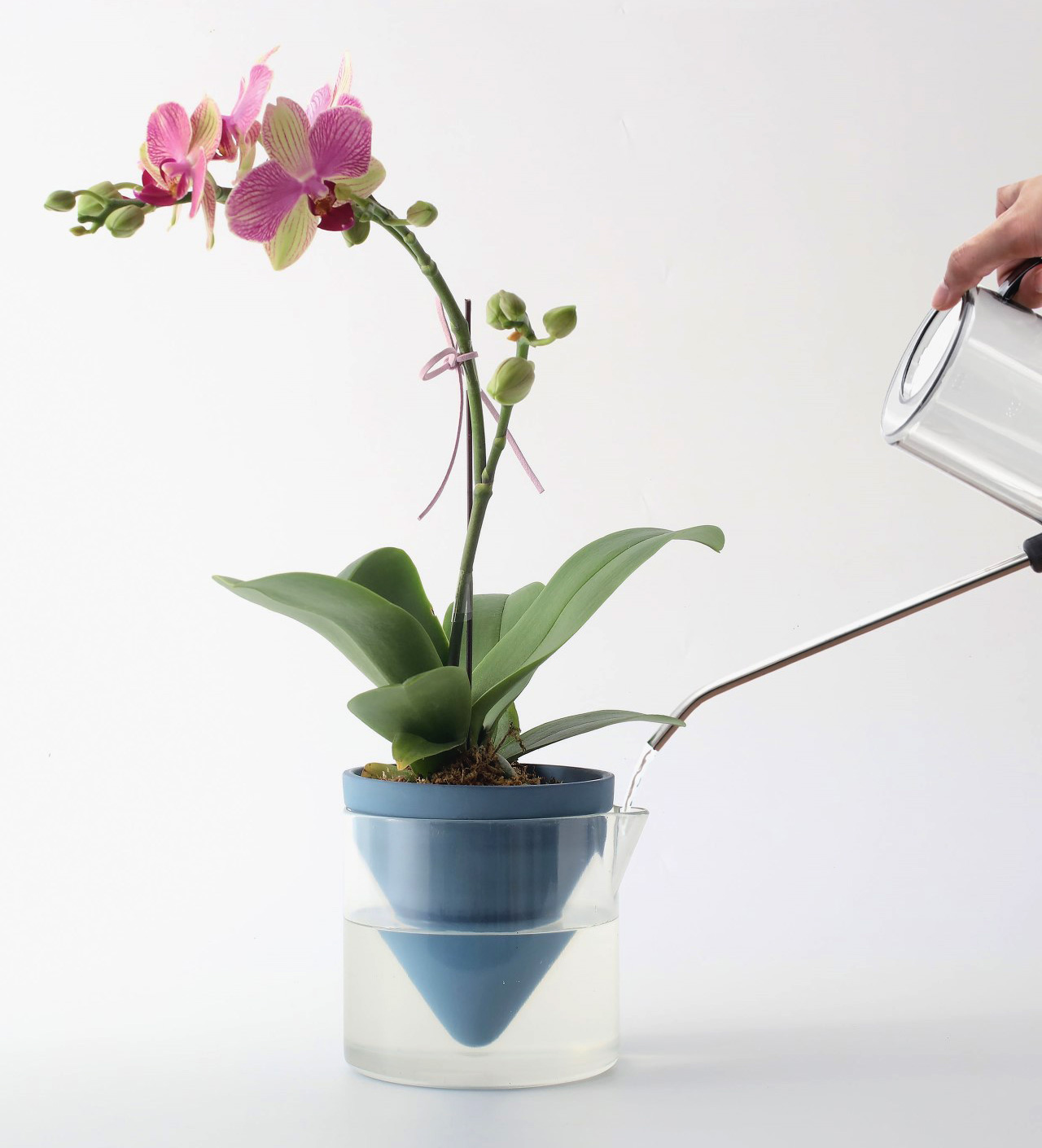
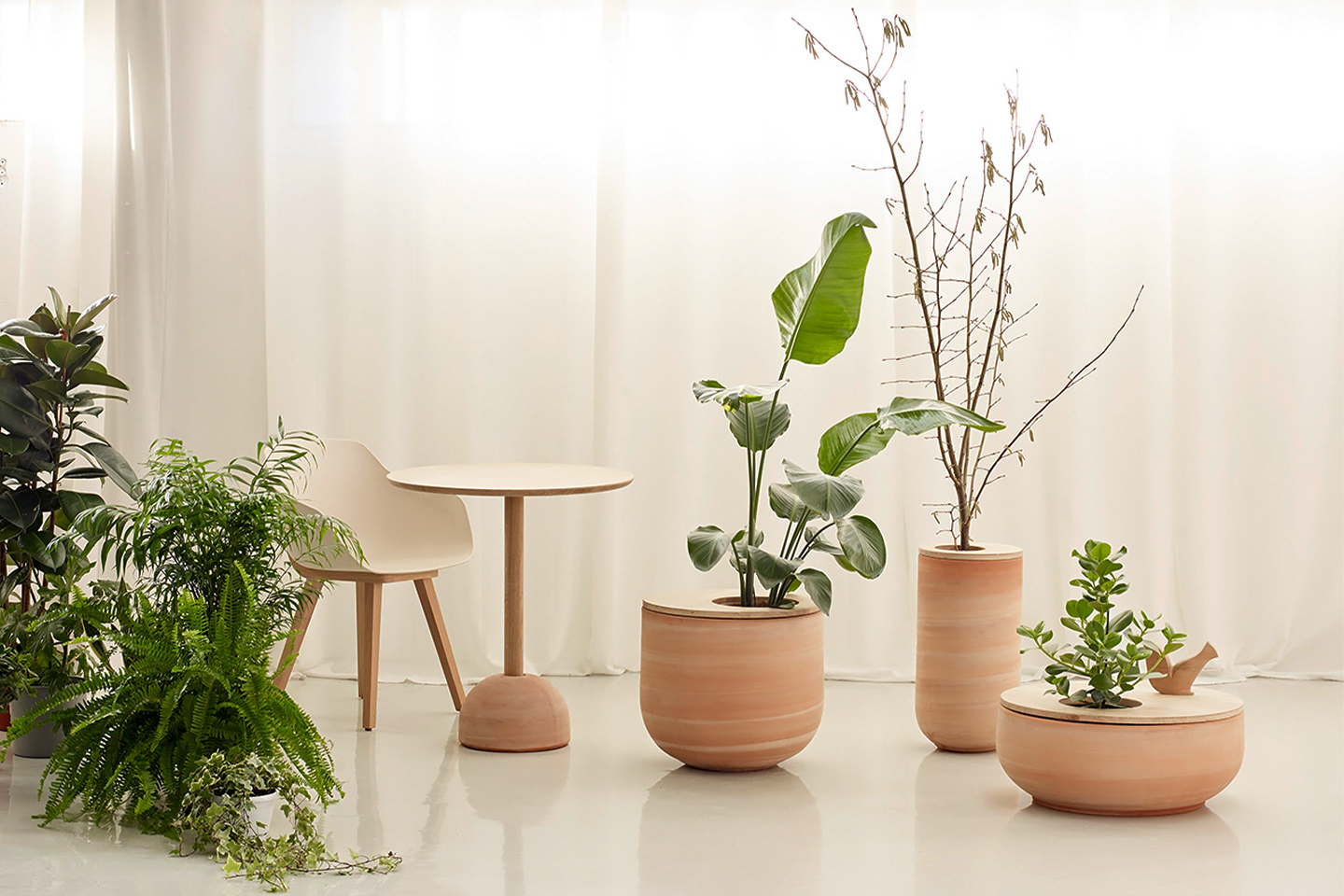
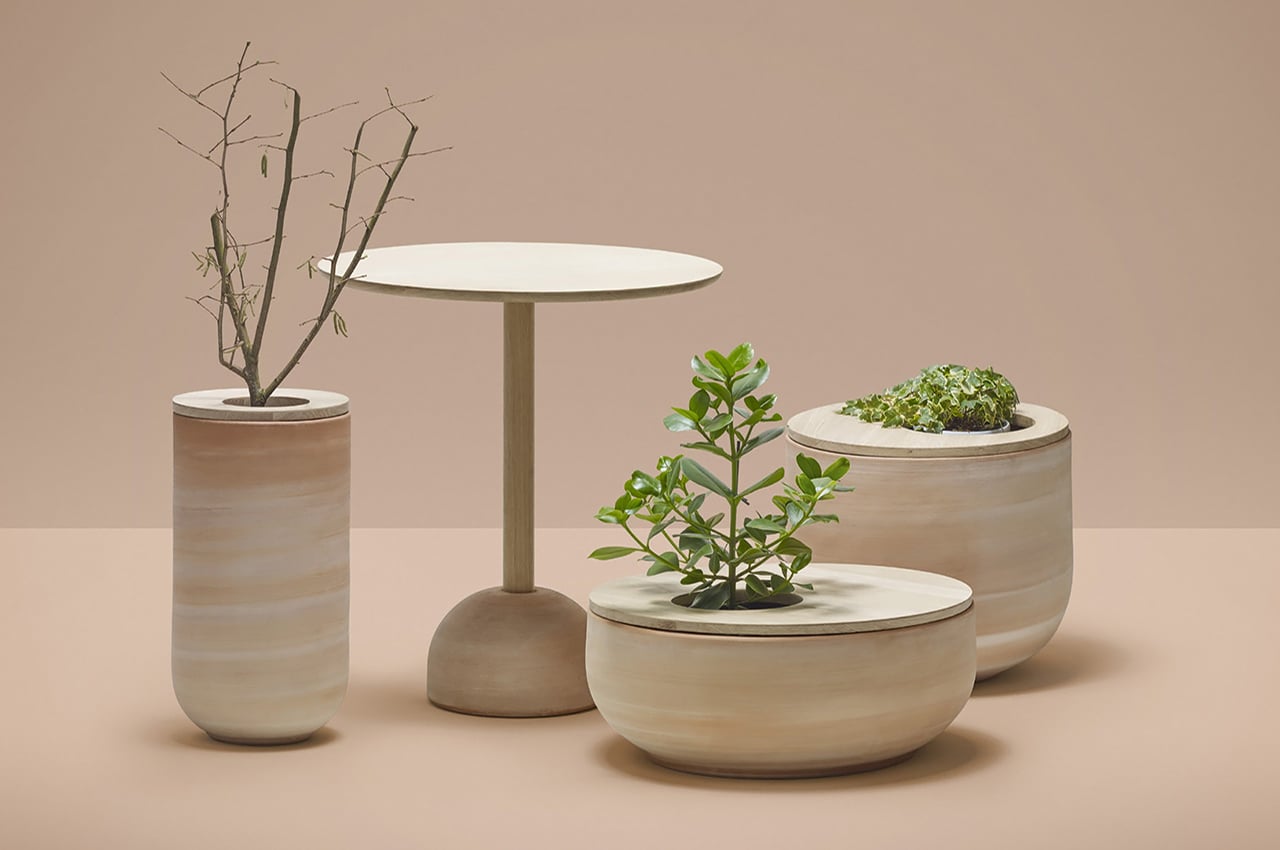
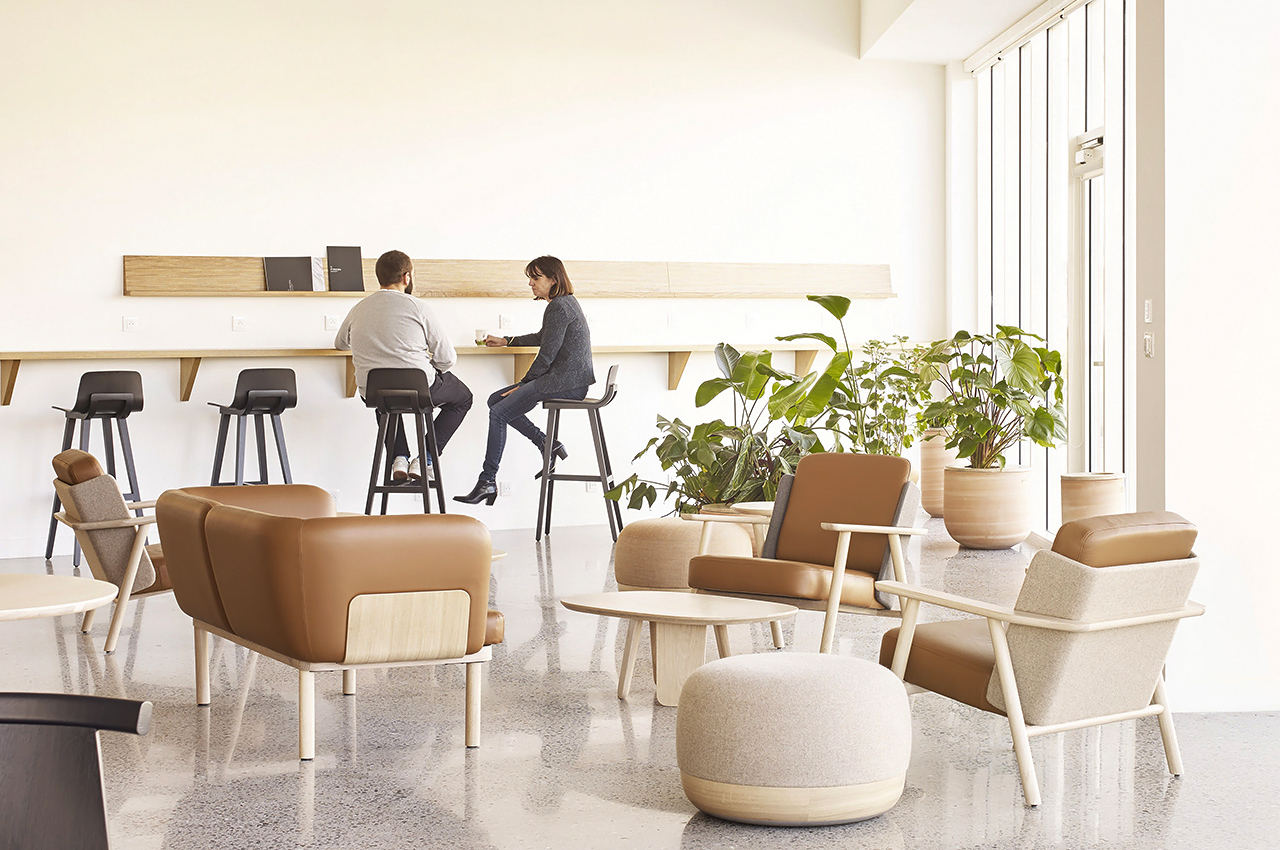



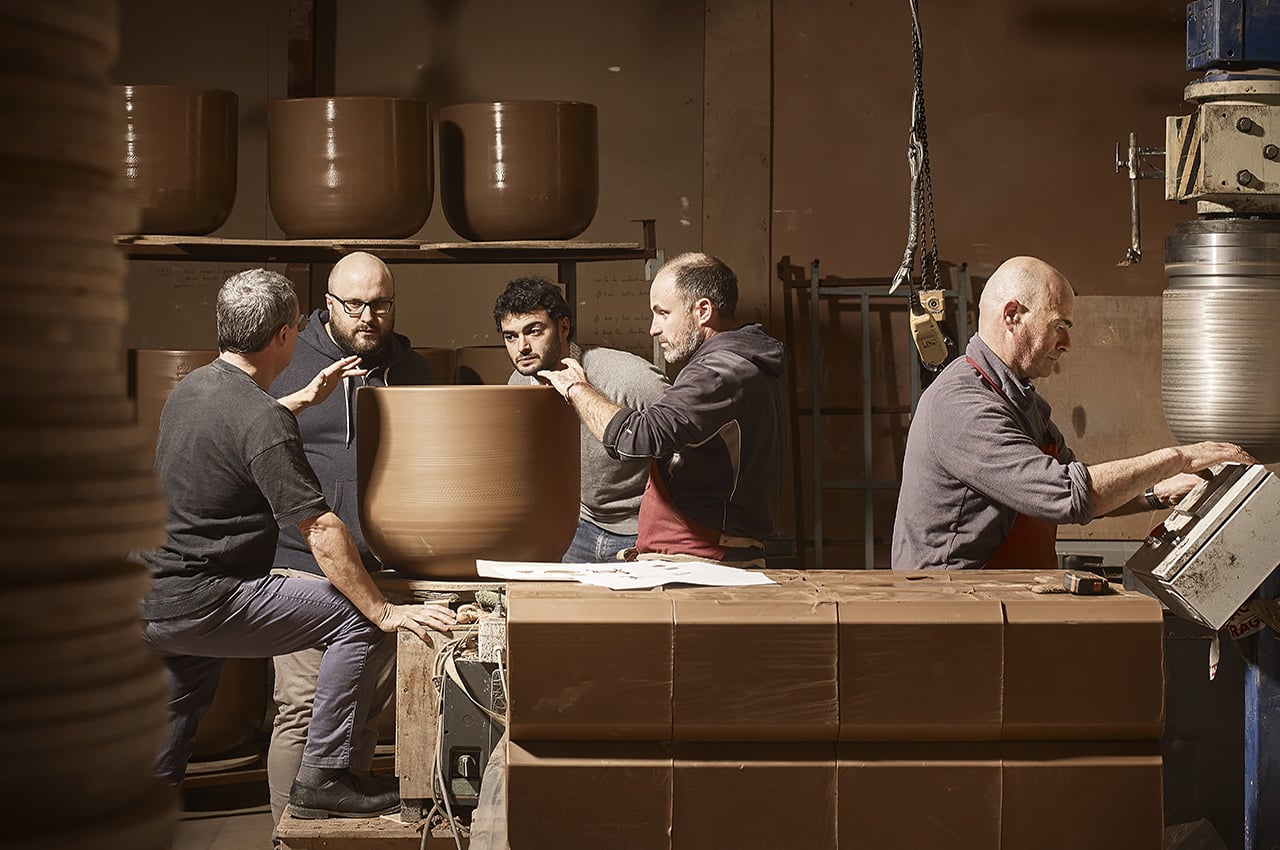
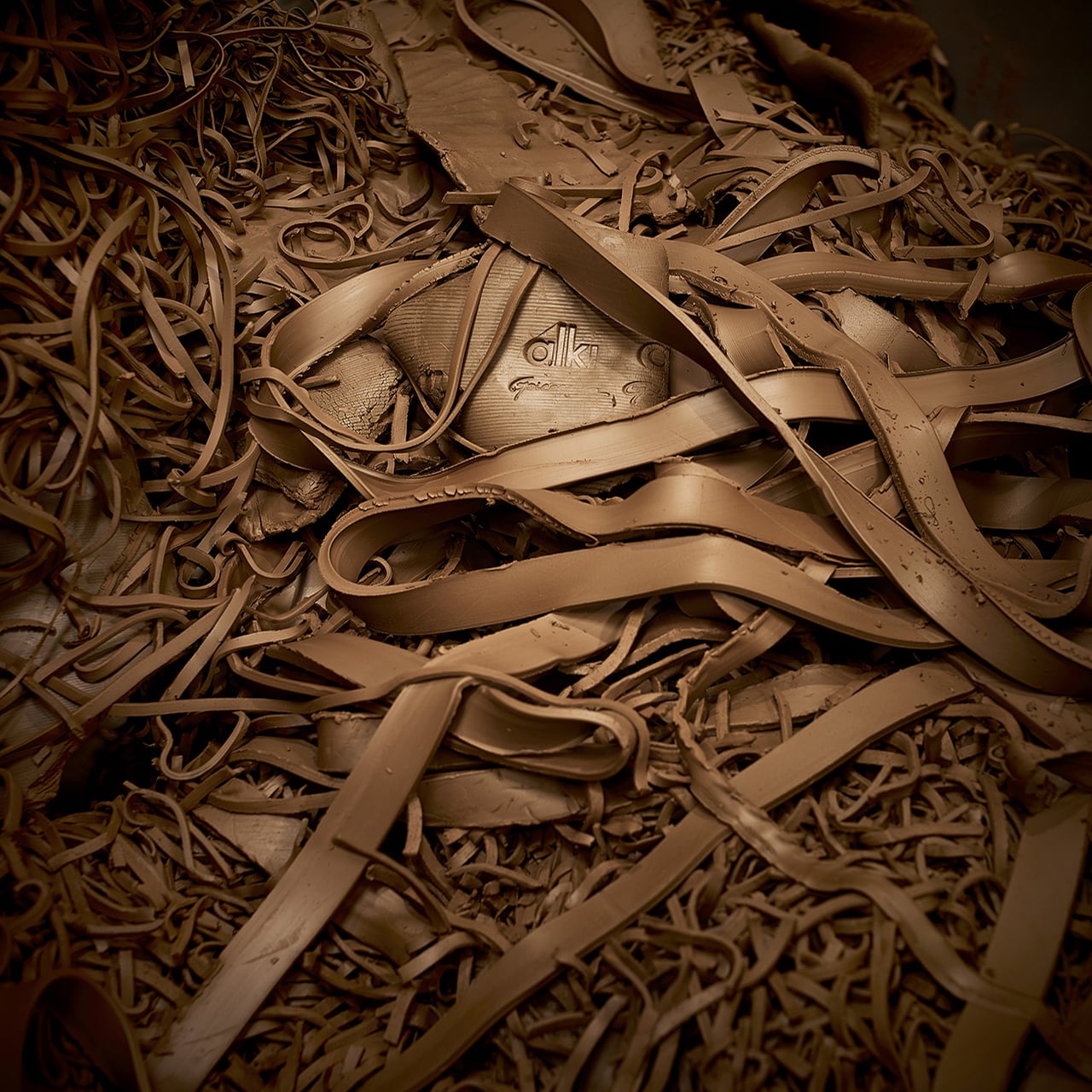



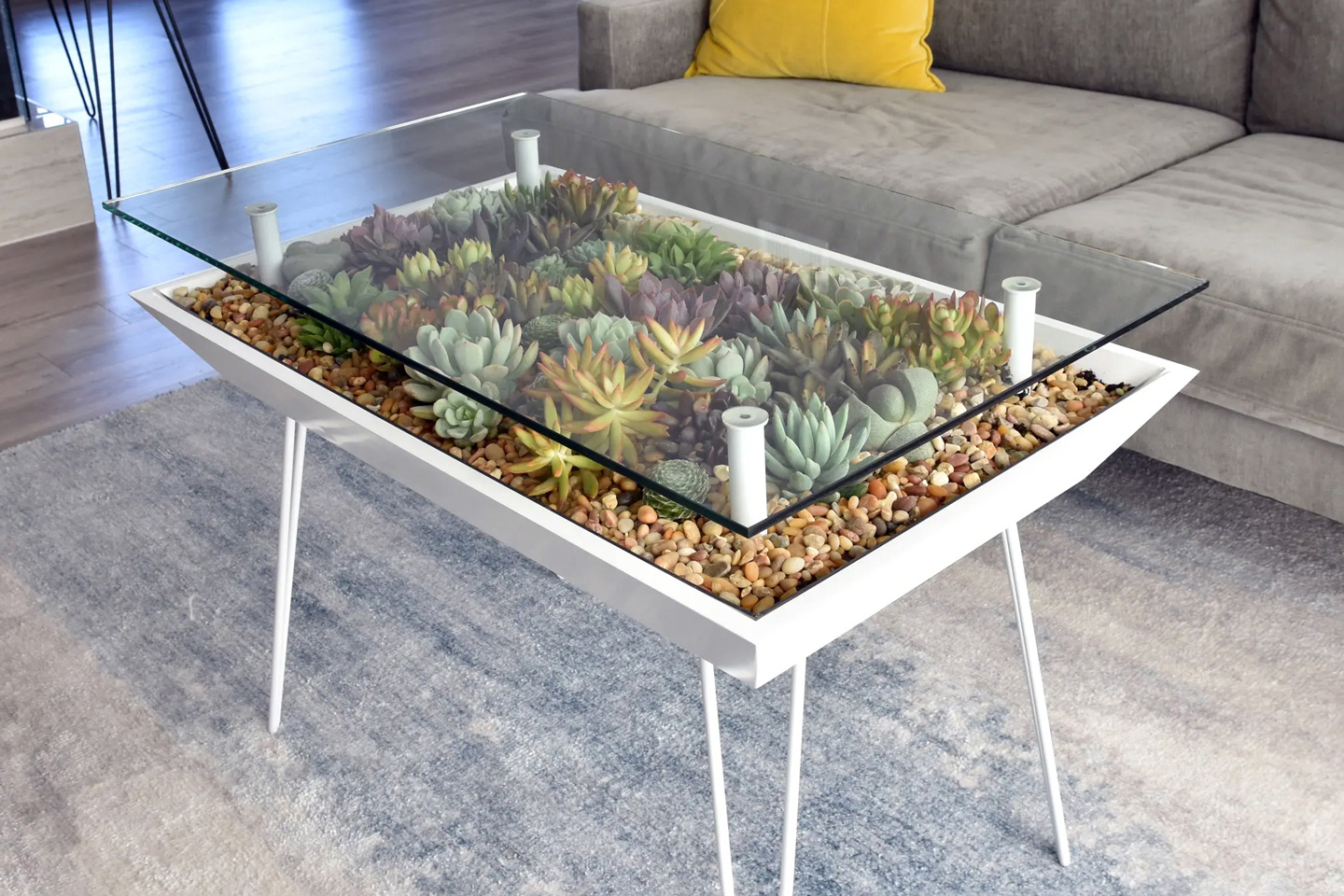
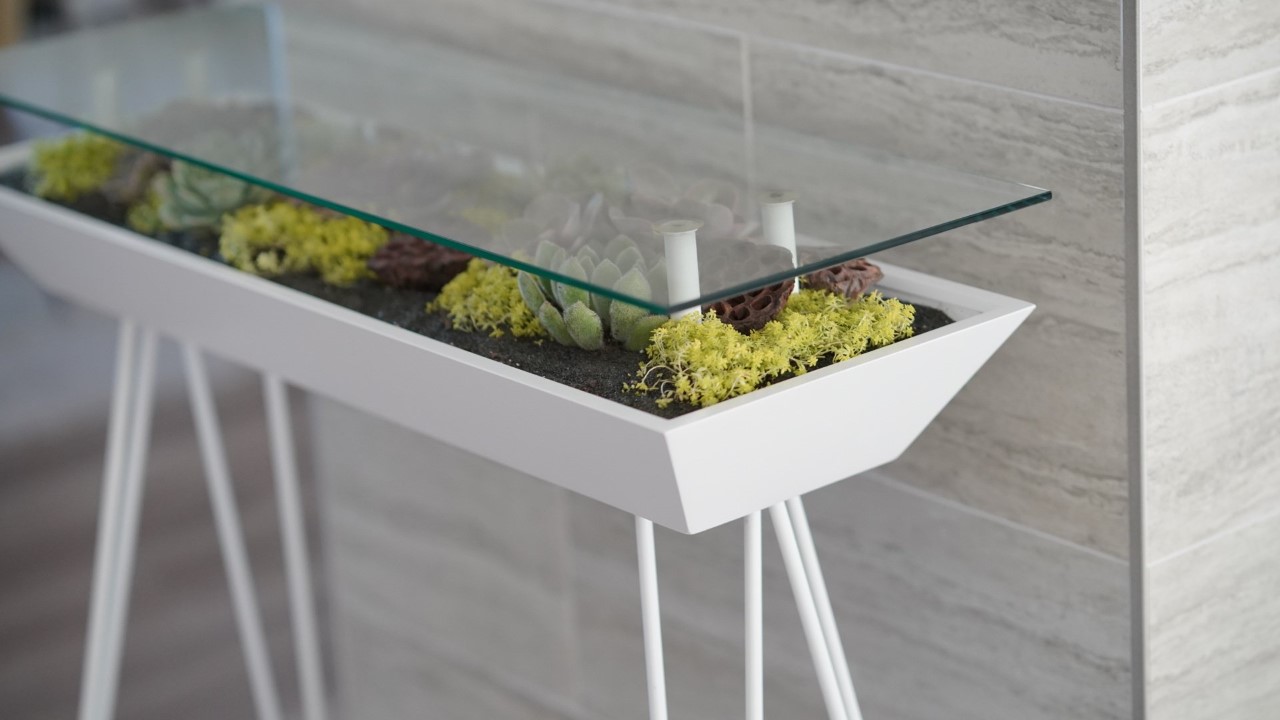
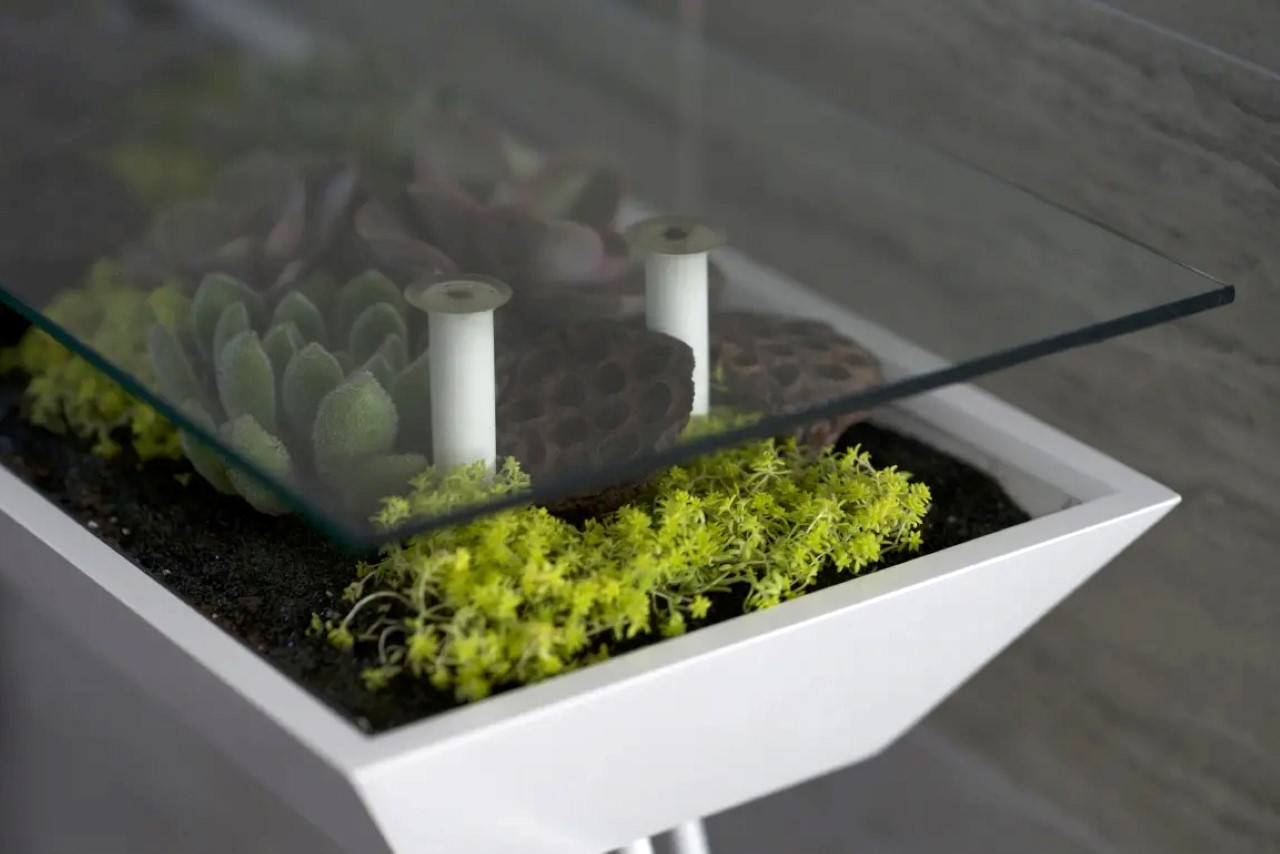
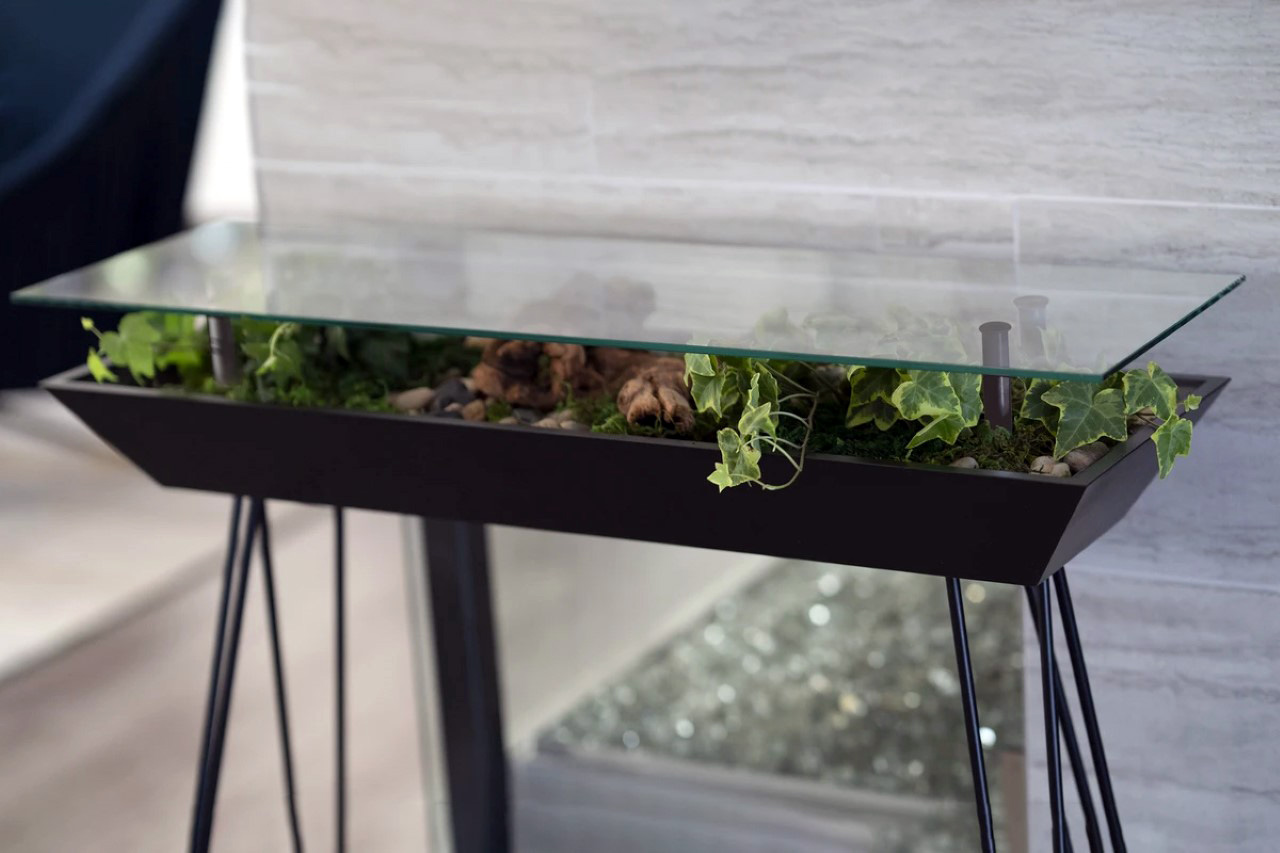
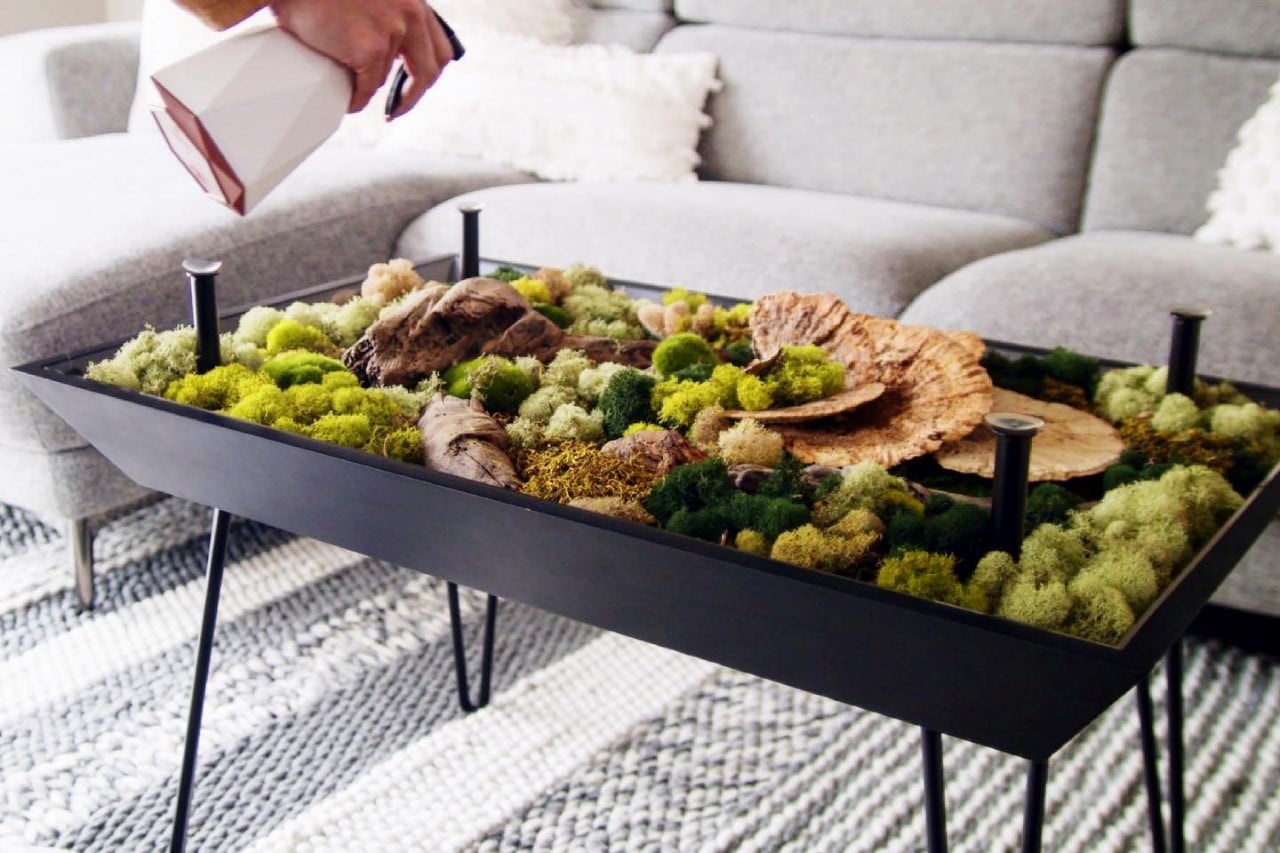
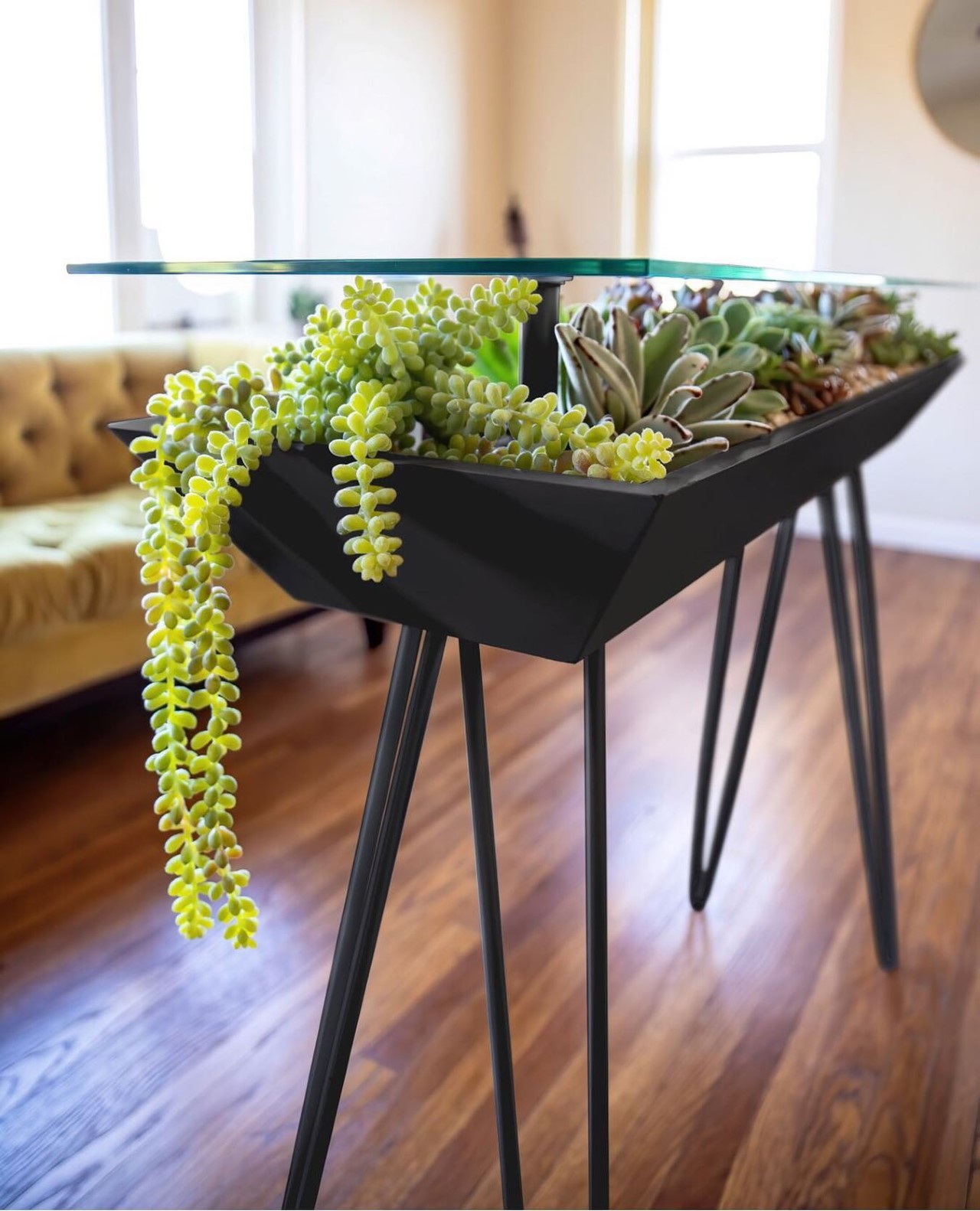
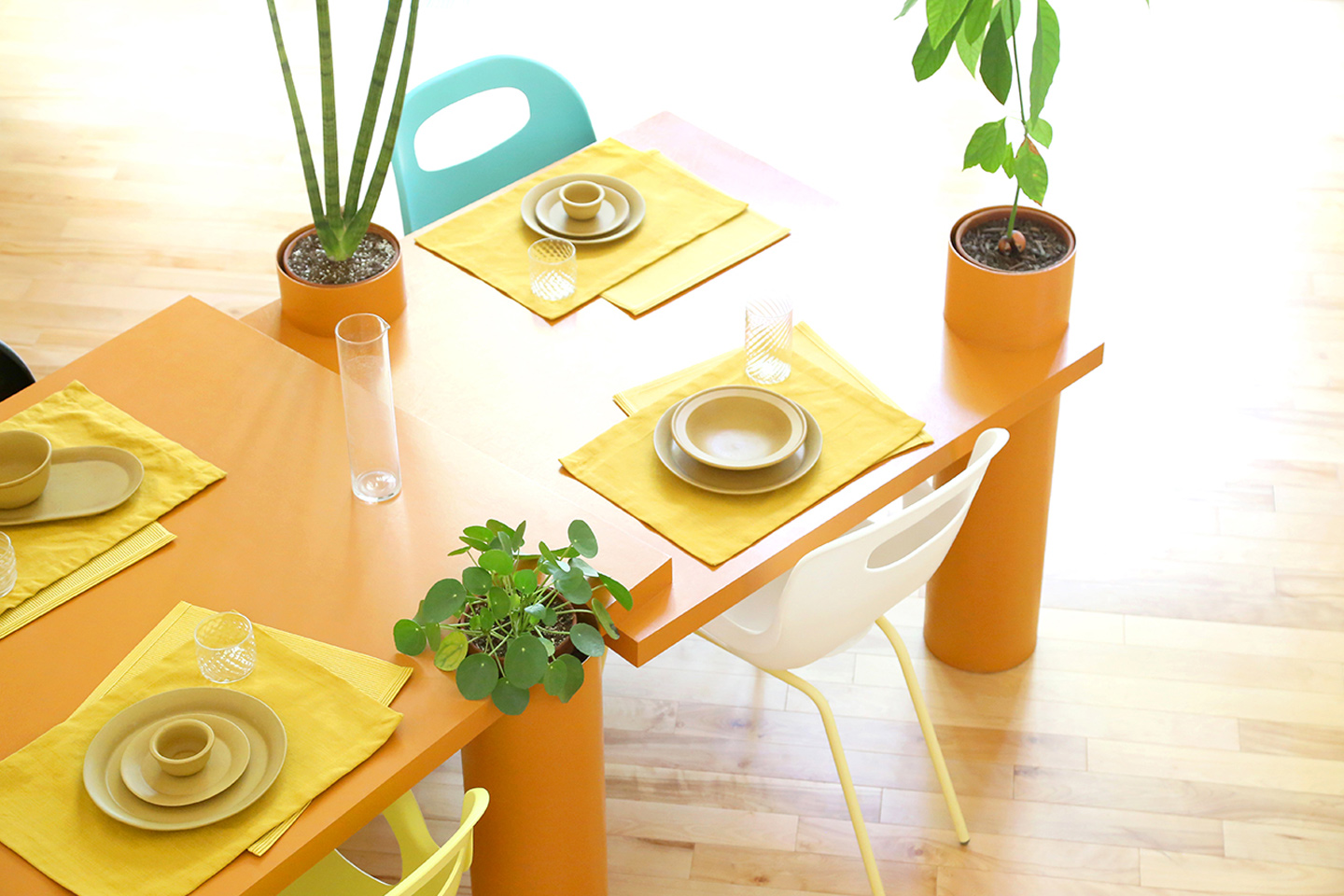
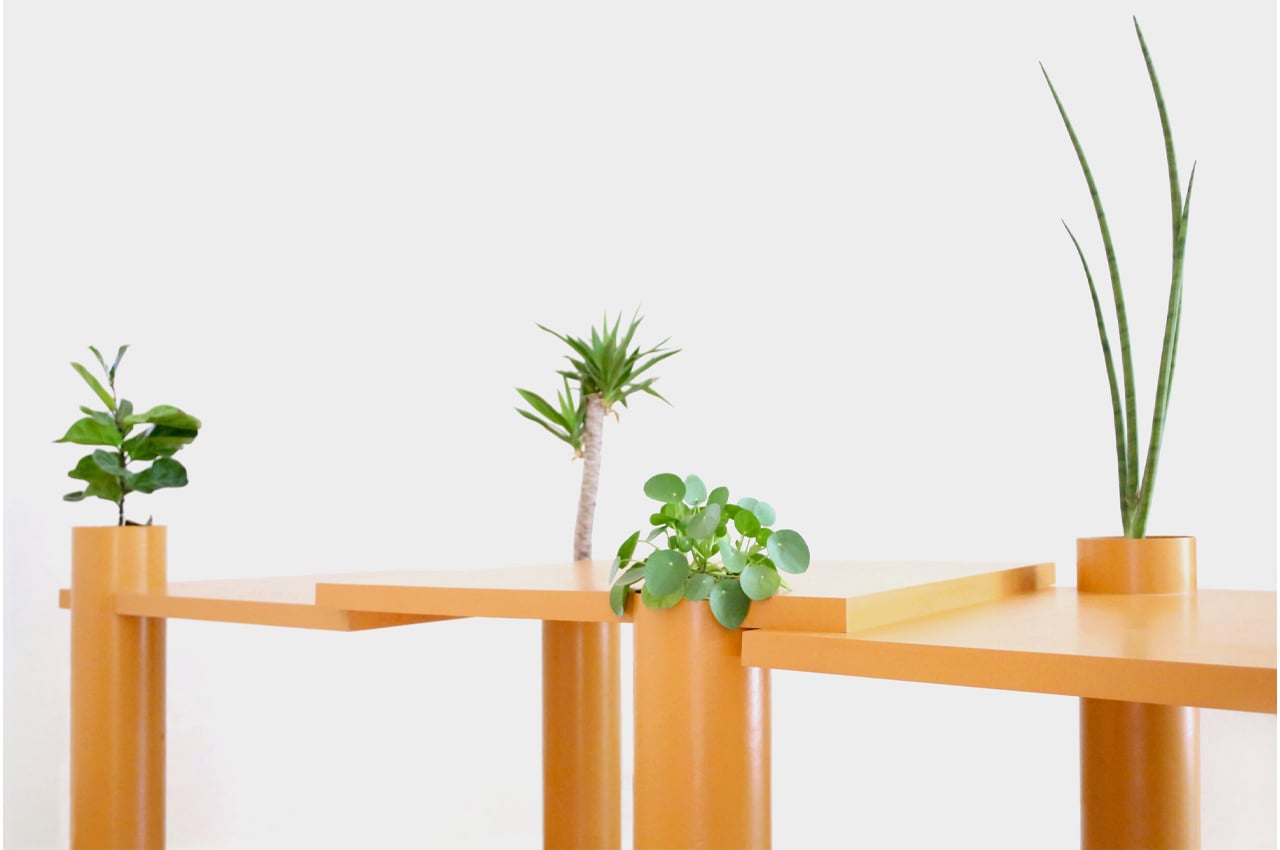
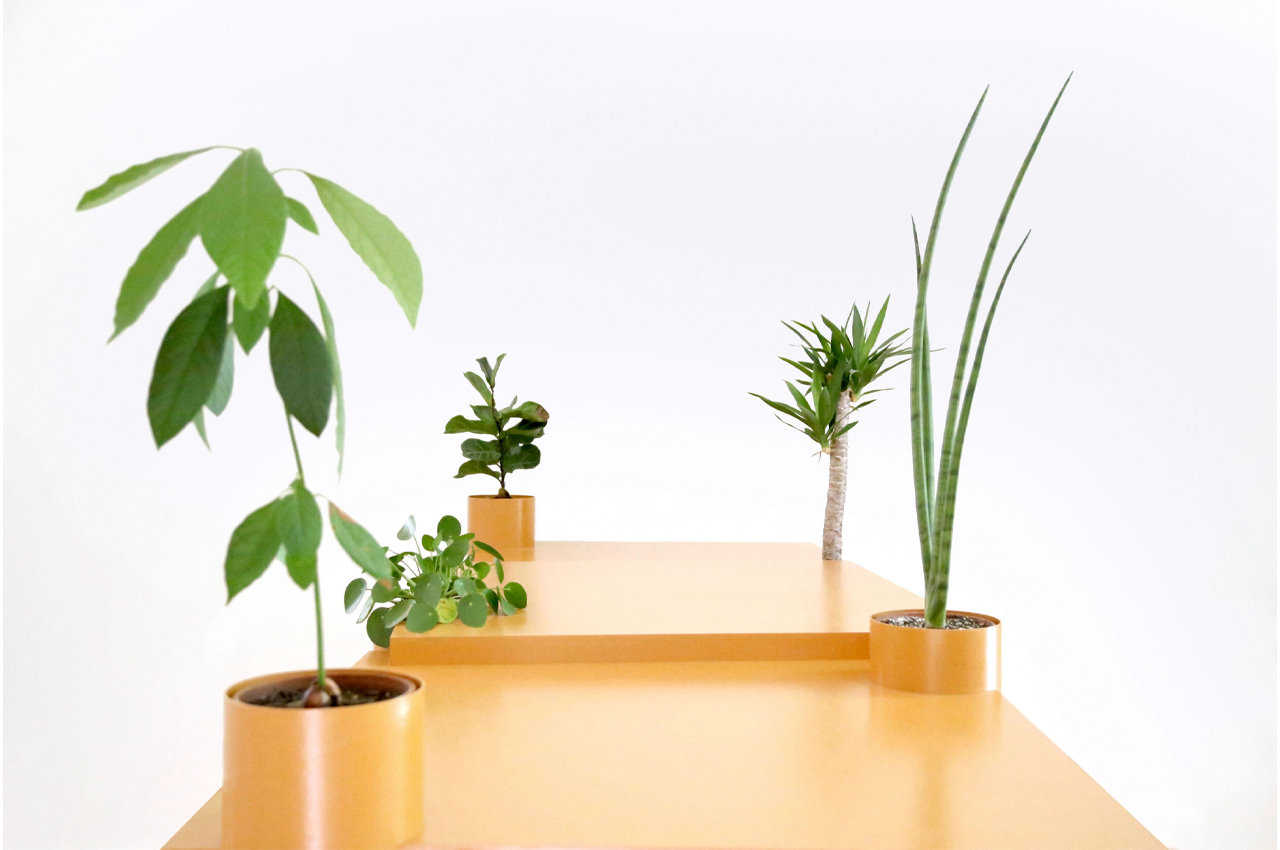
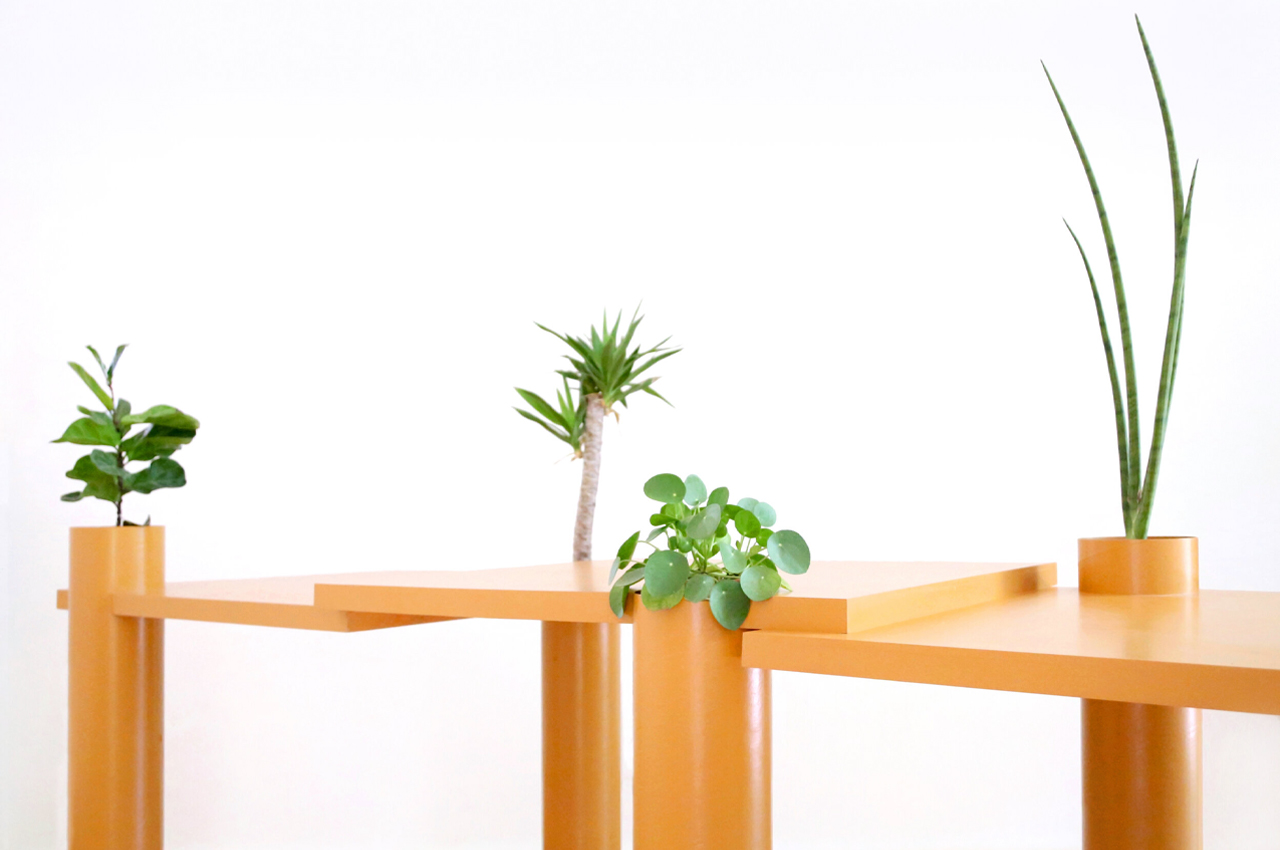
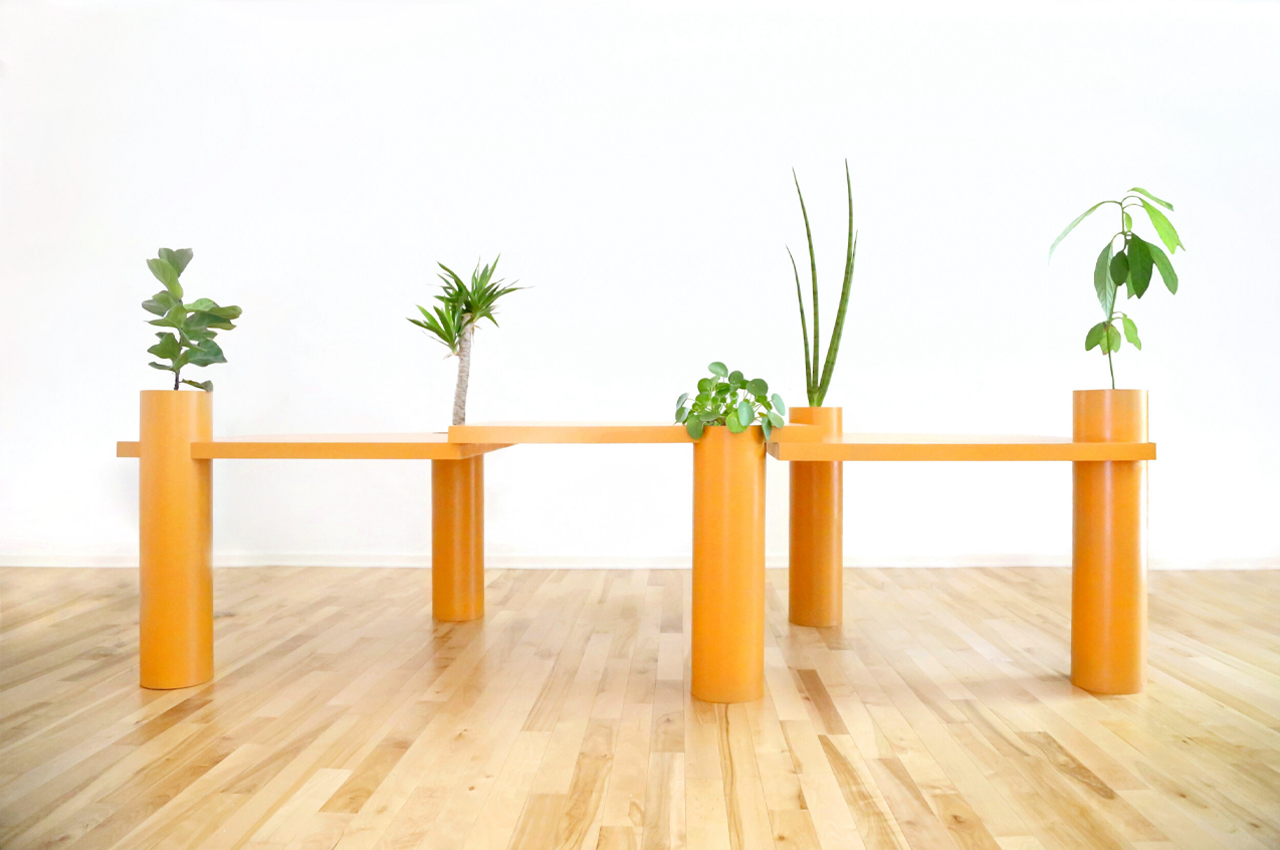
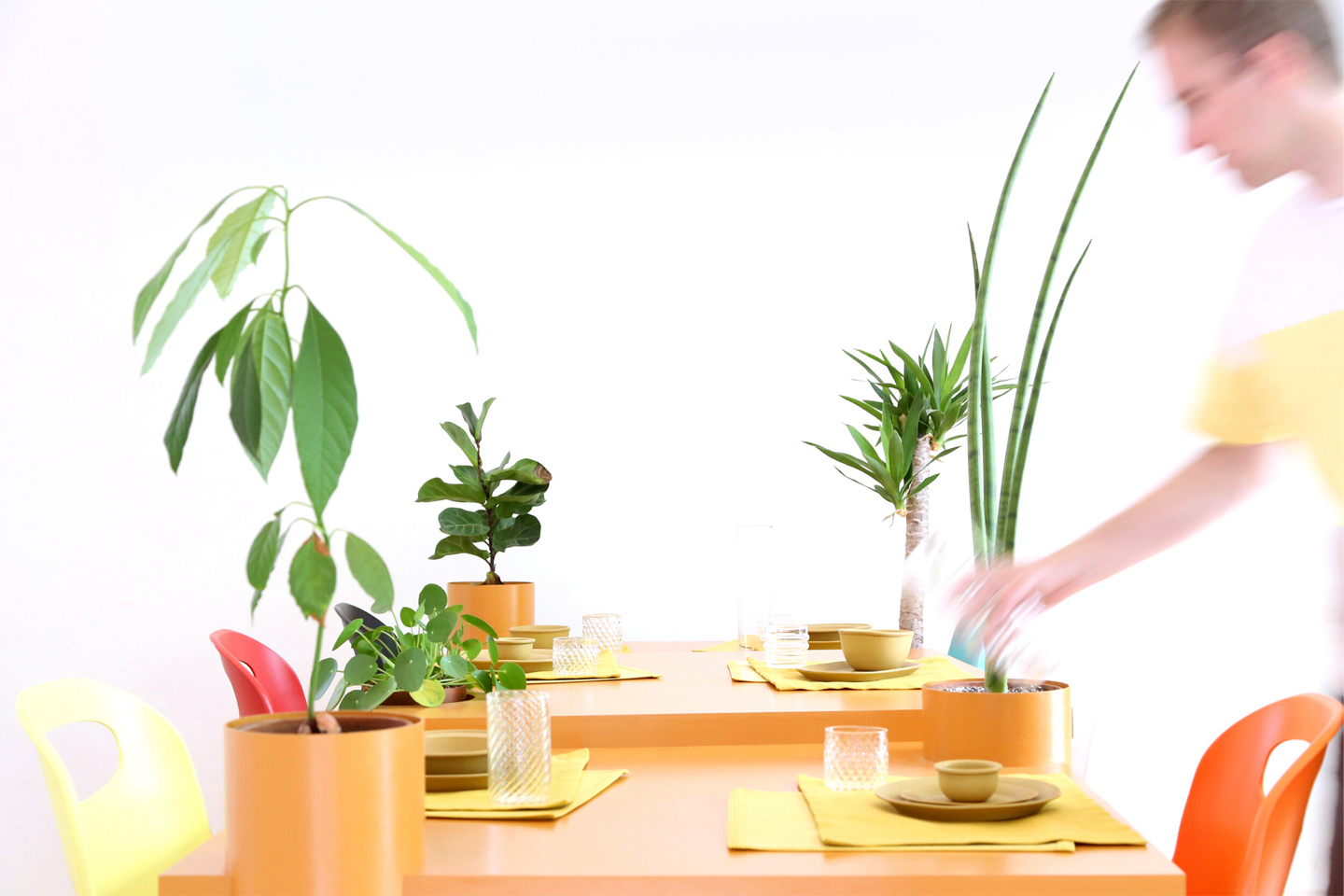
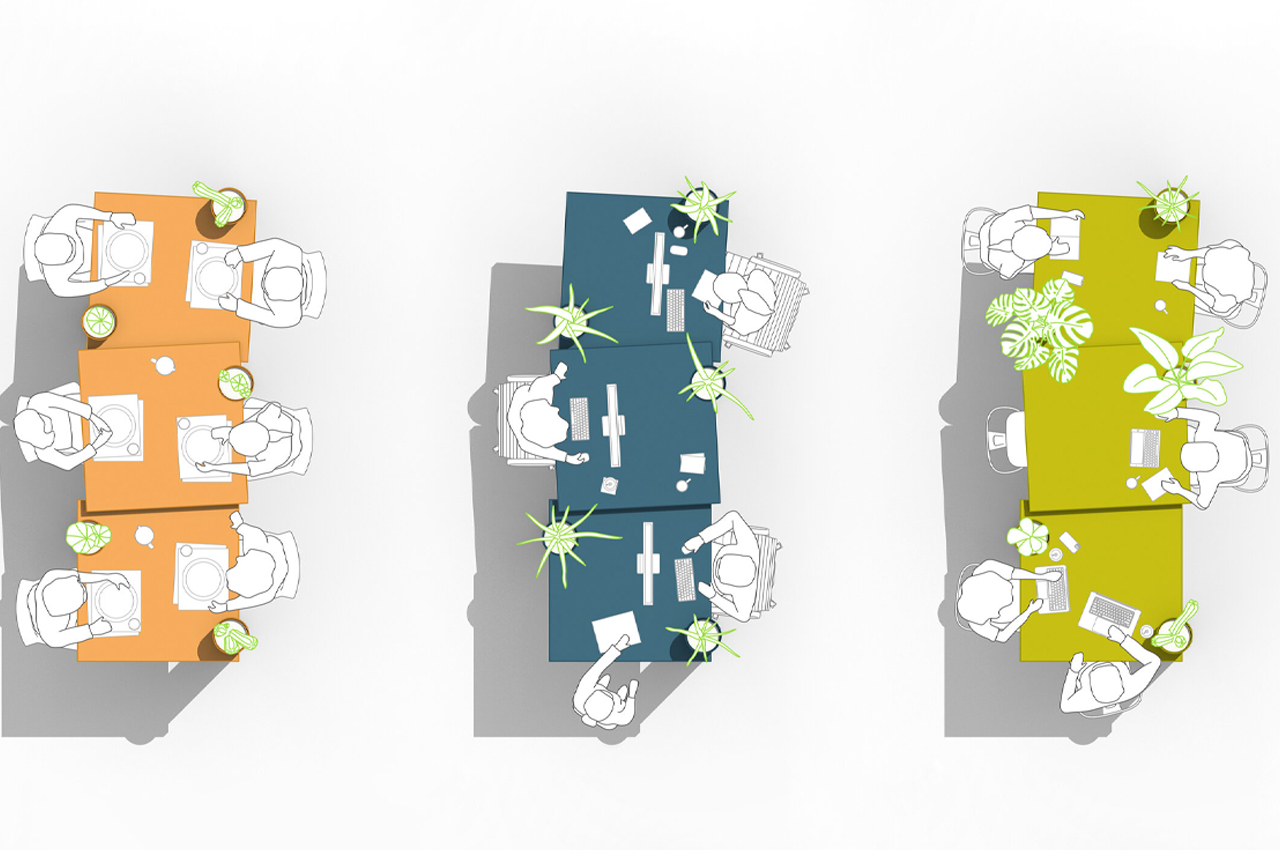
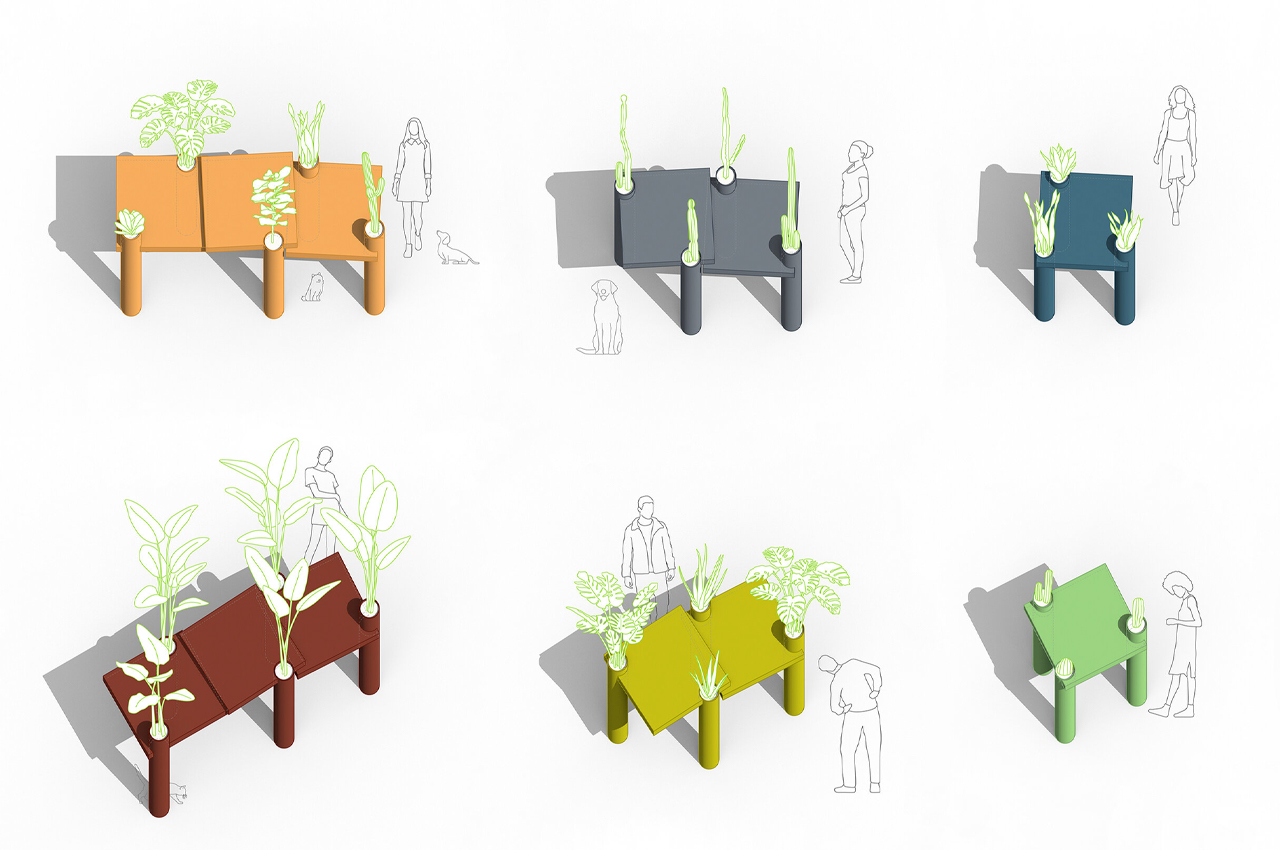



 . California-based company, Bioforcetech, has developed a technology to sanitize carbon and lock it into place for thousands of years. They developed the material as a soil amendment, material additive, filter, and colorant so it can be used in multiple ways.
. California-based company, Bioforcetech, has developed a technology to sanitize carbon and lock it into place for thousands of years. They developed the material as a soil amendment, material additive, filter, and colorant so it can be used in multiple ways.